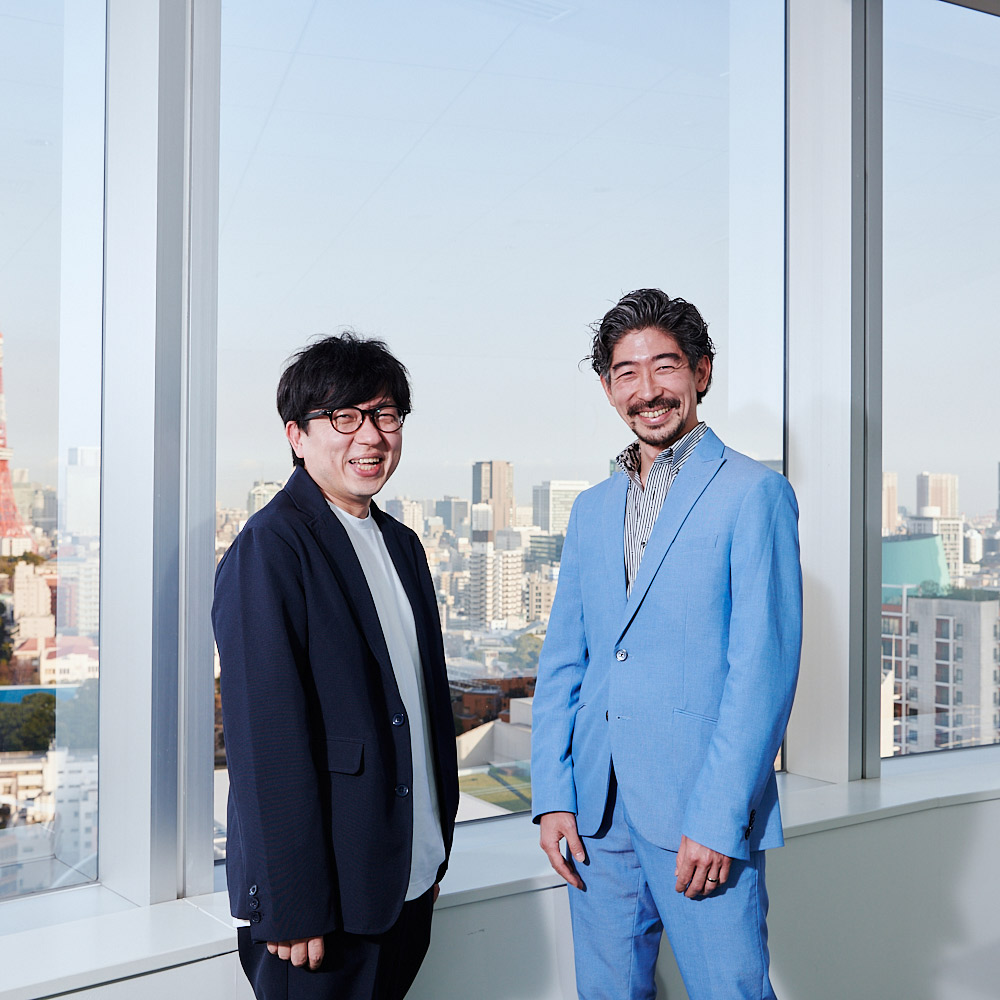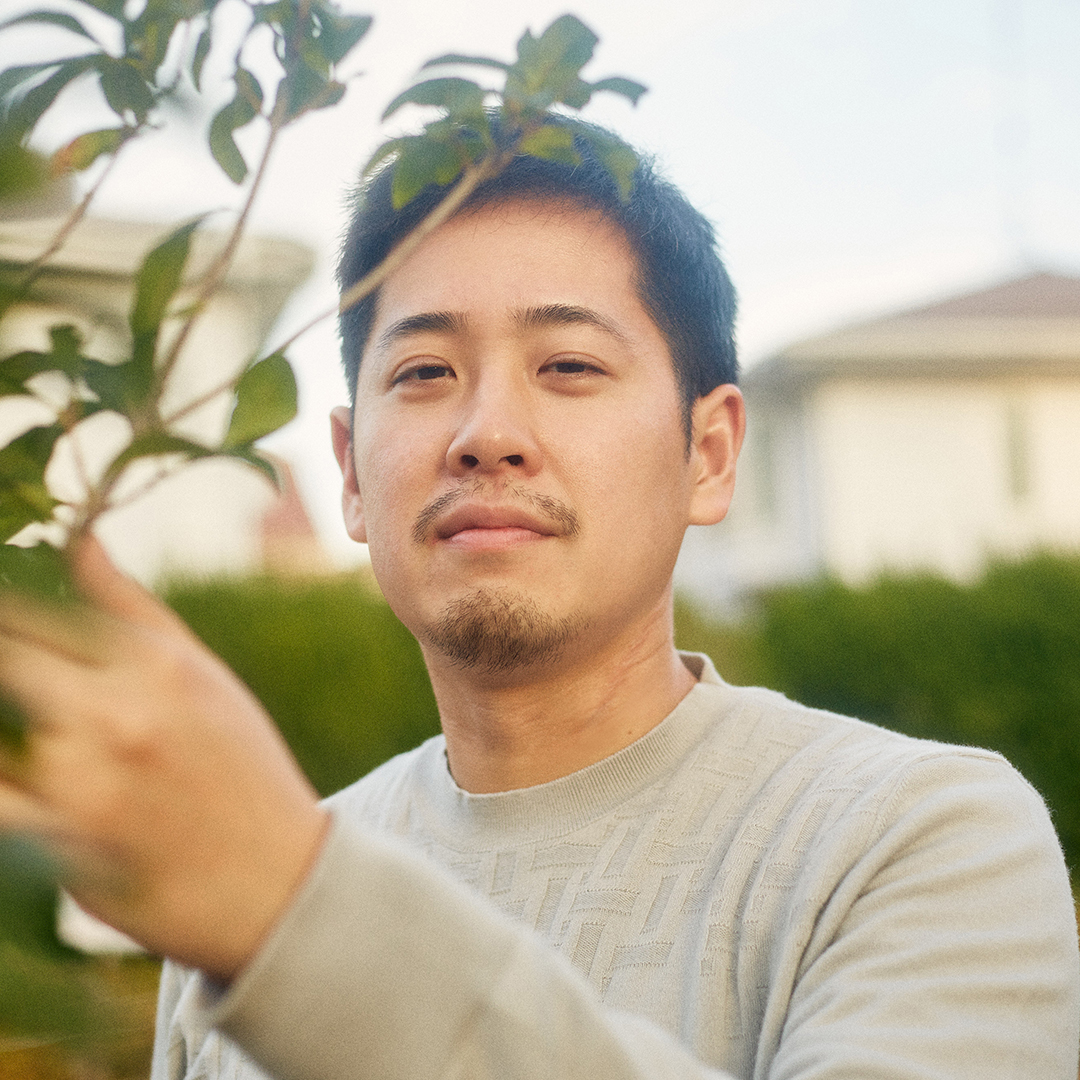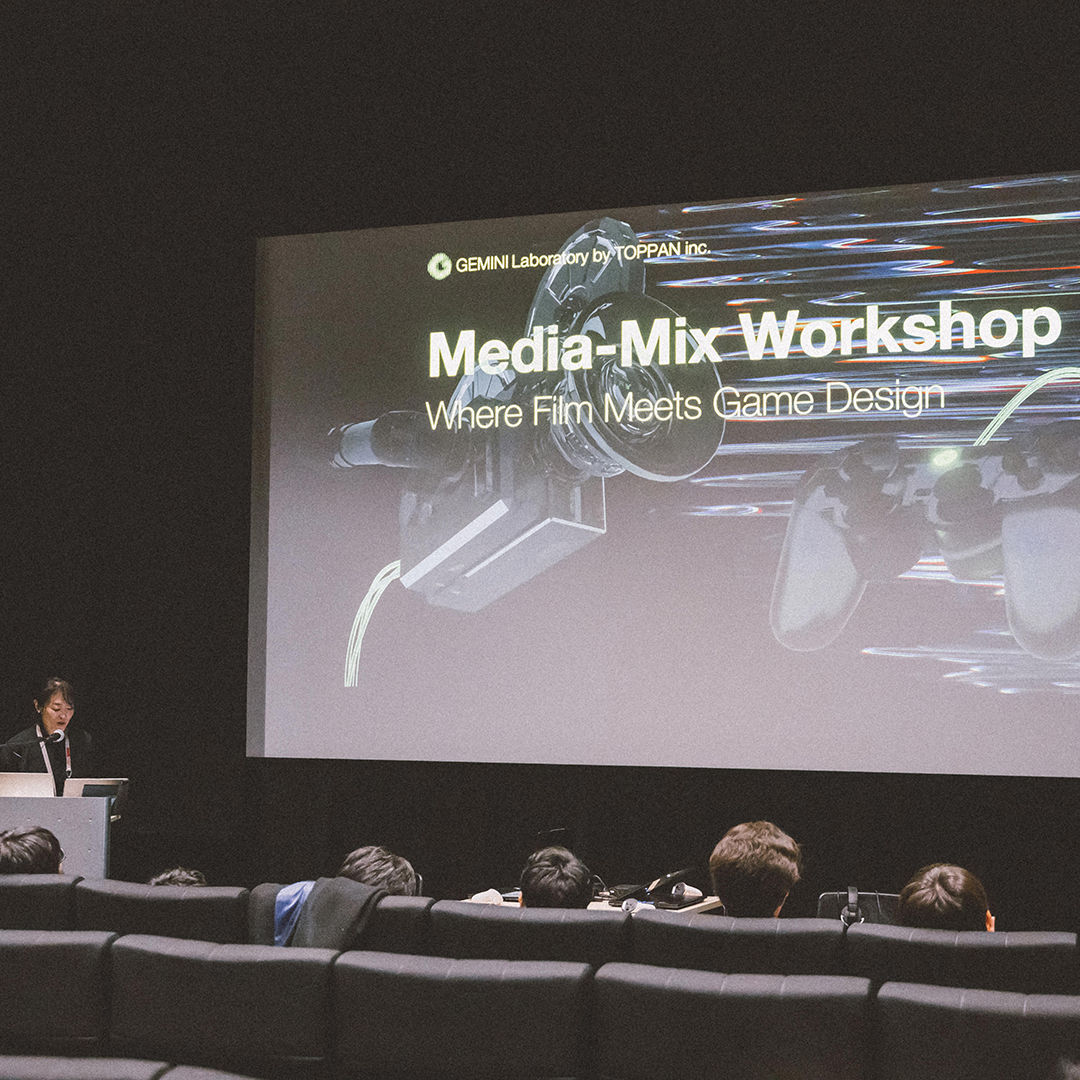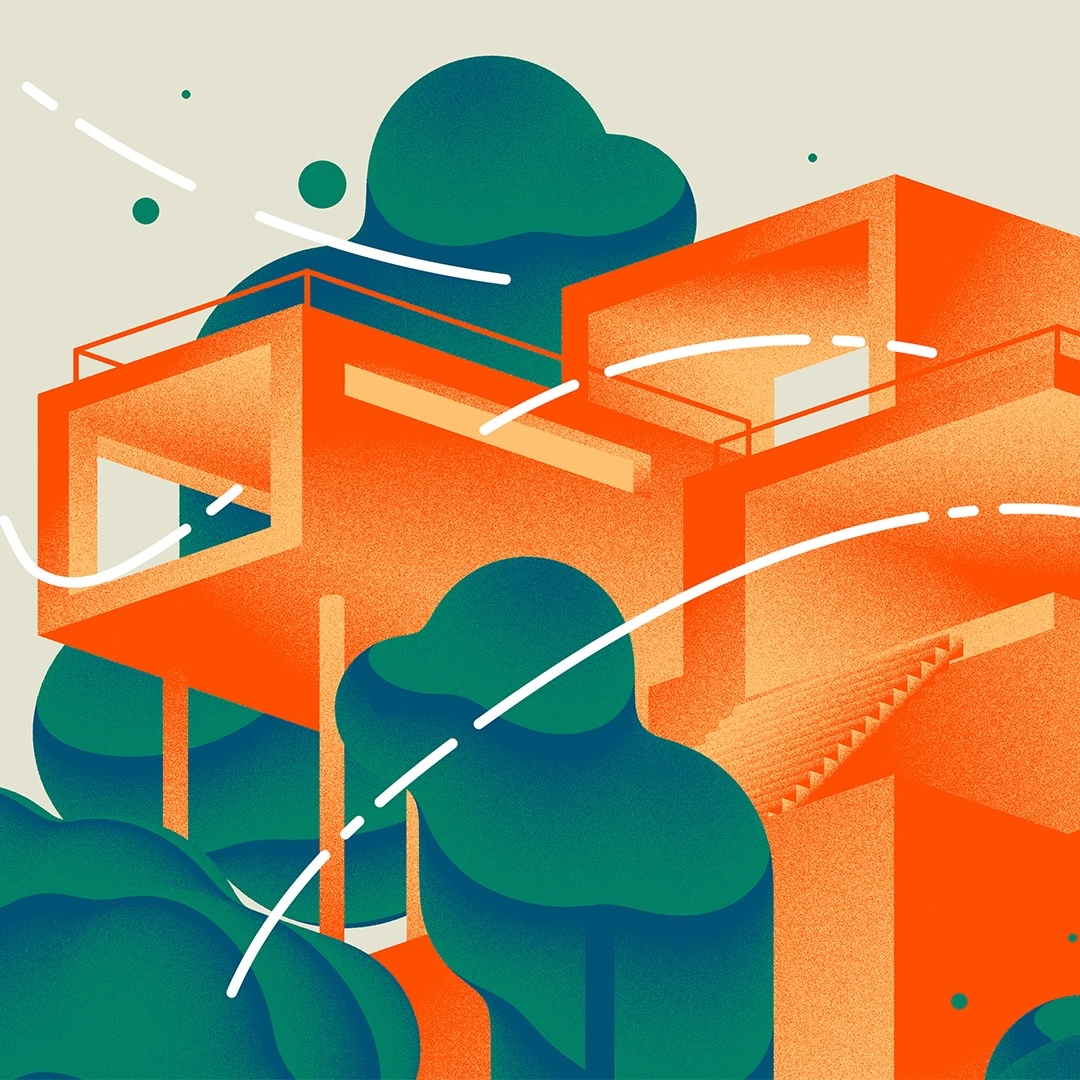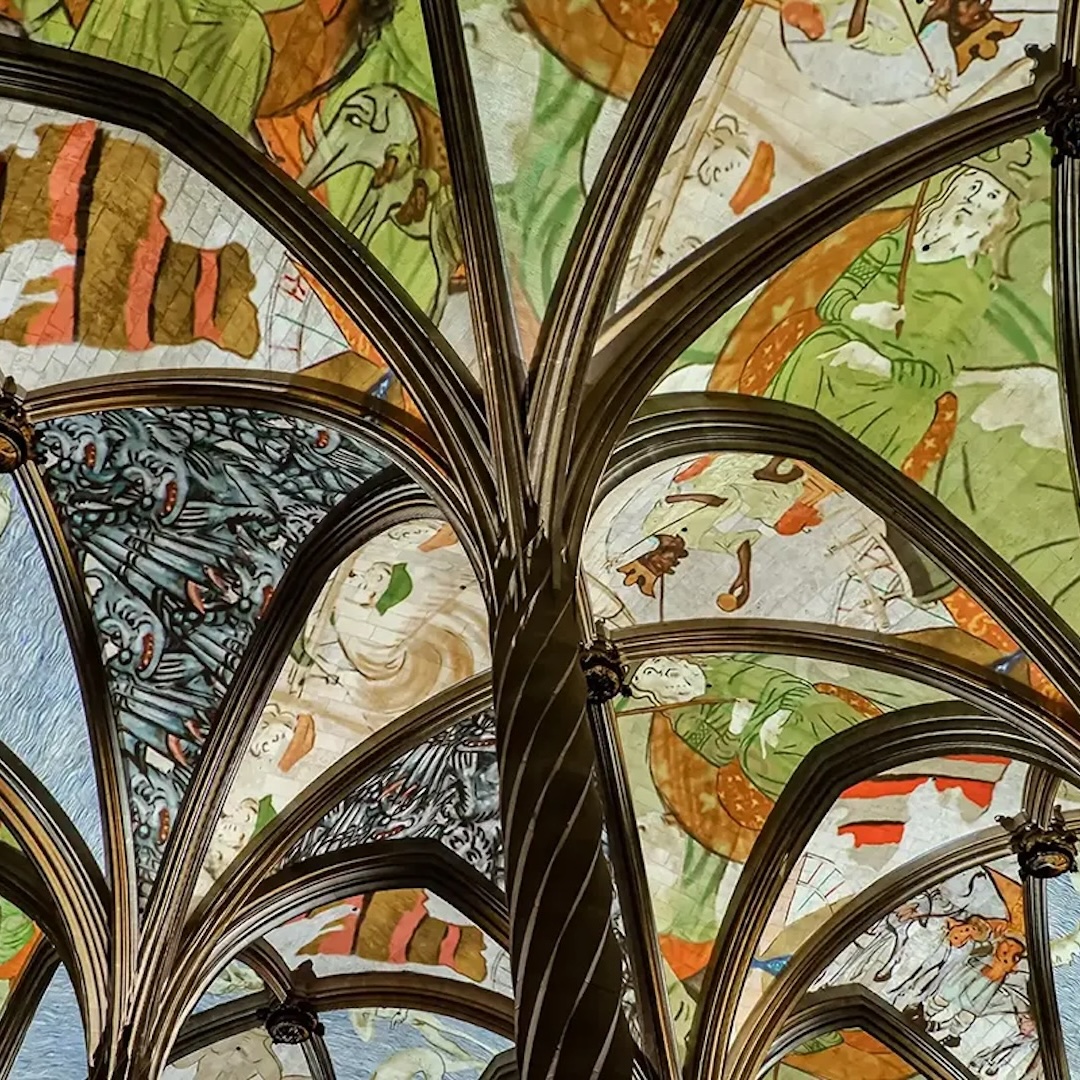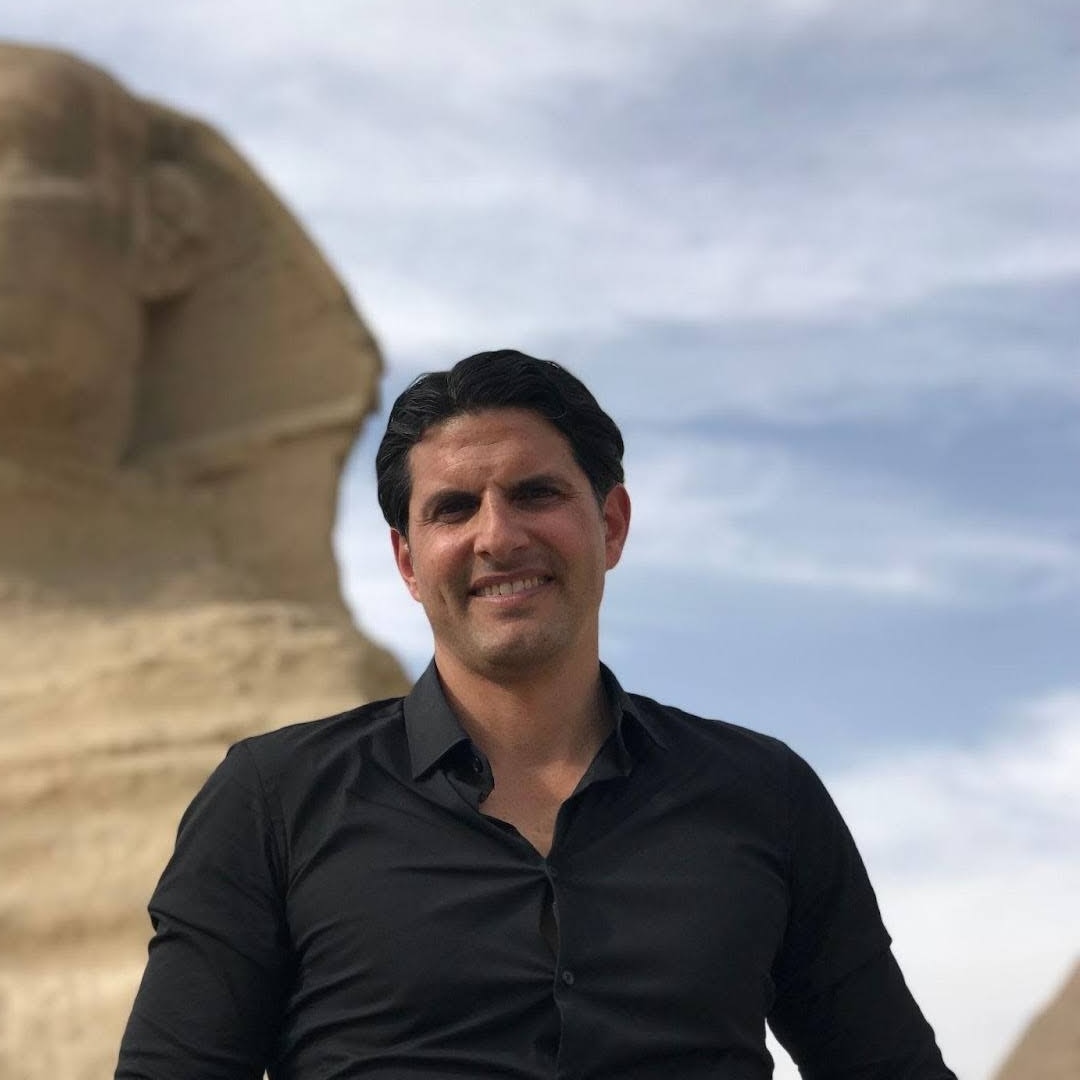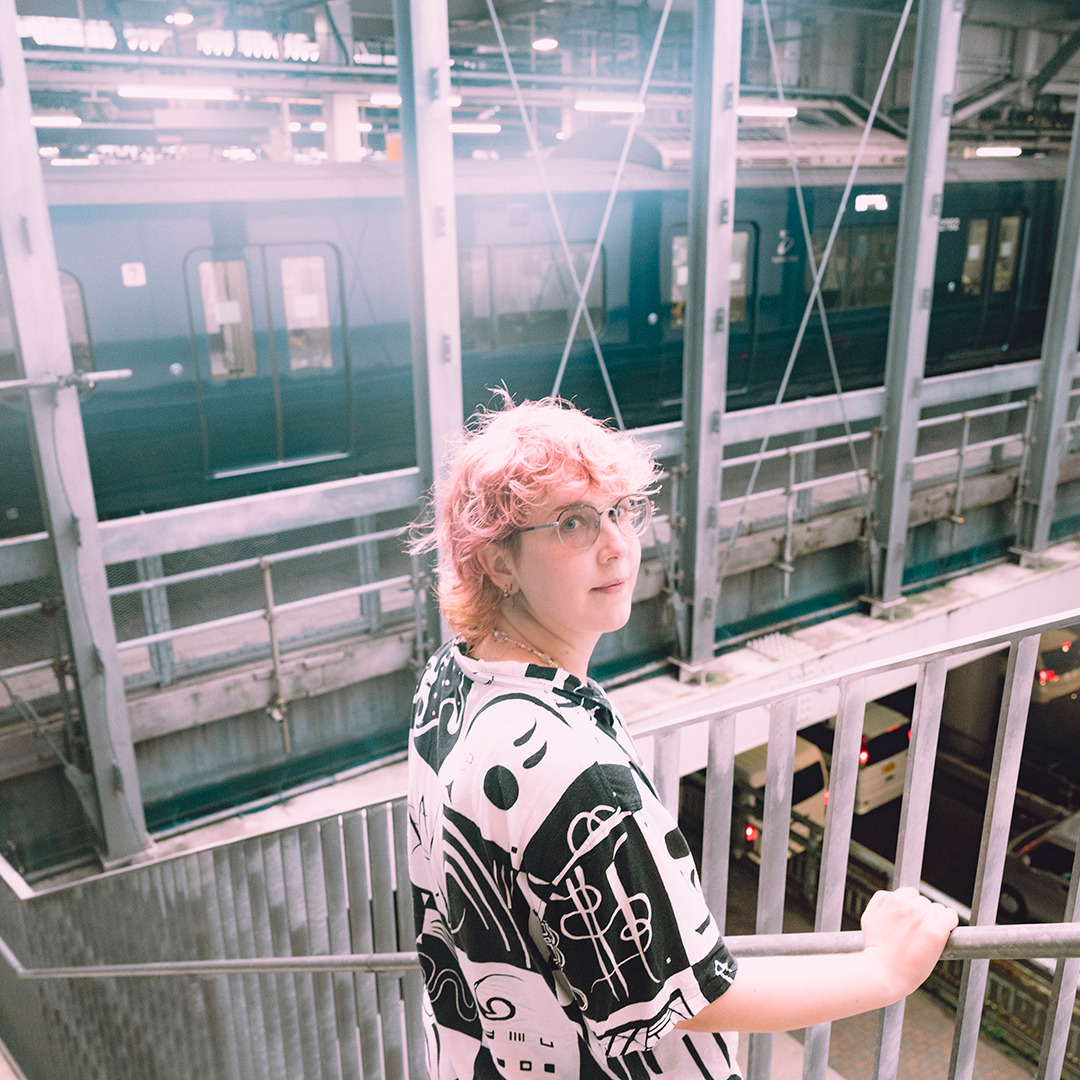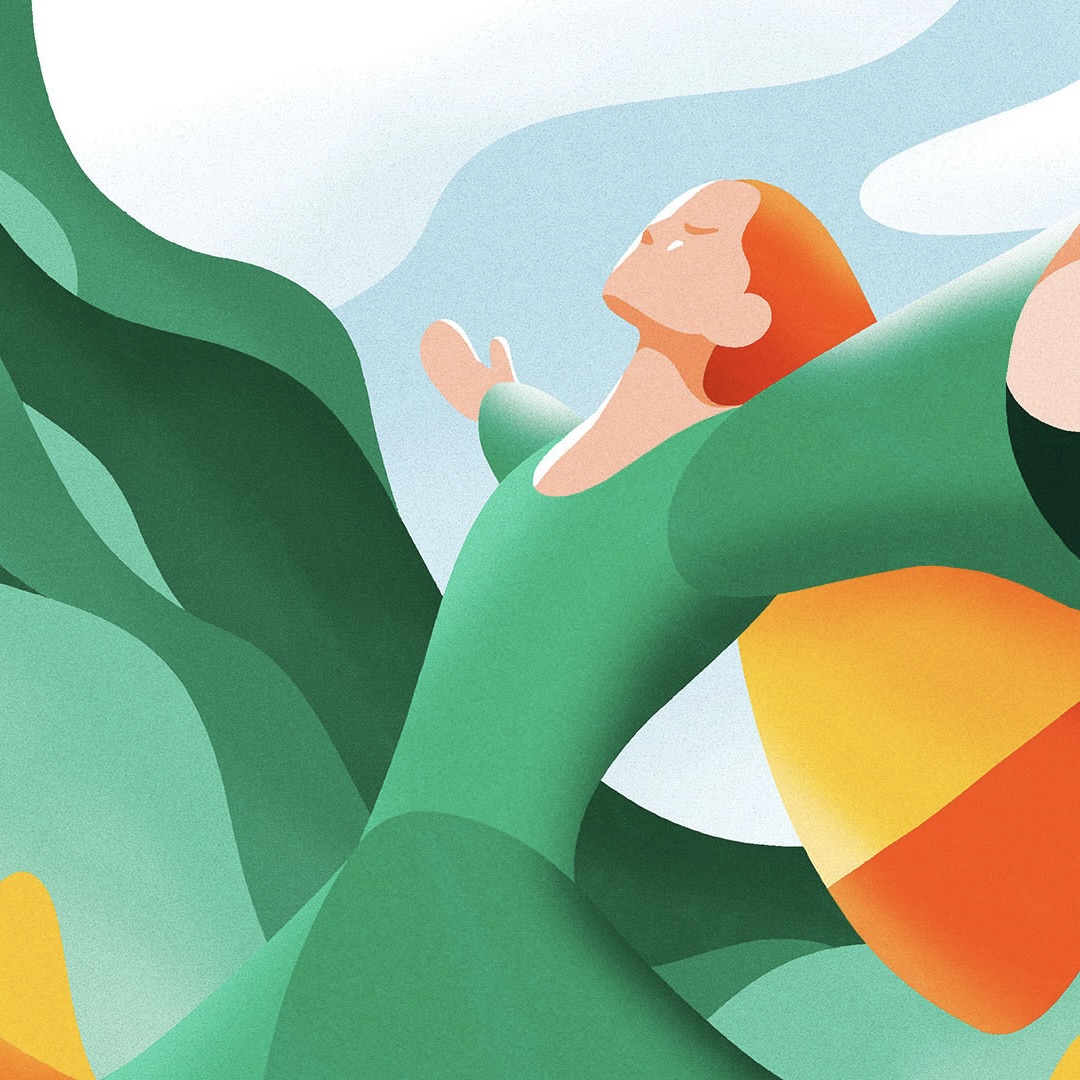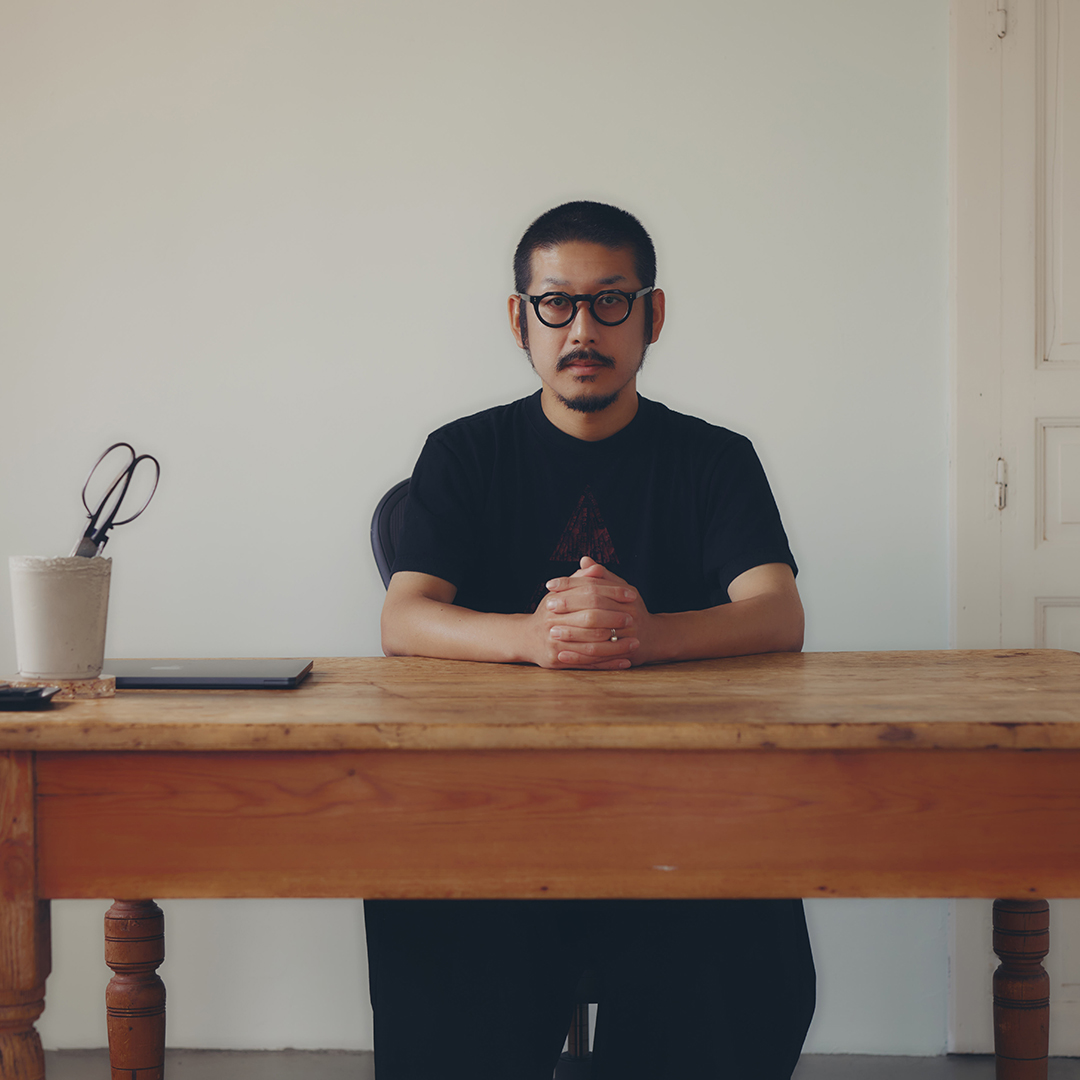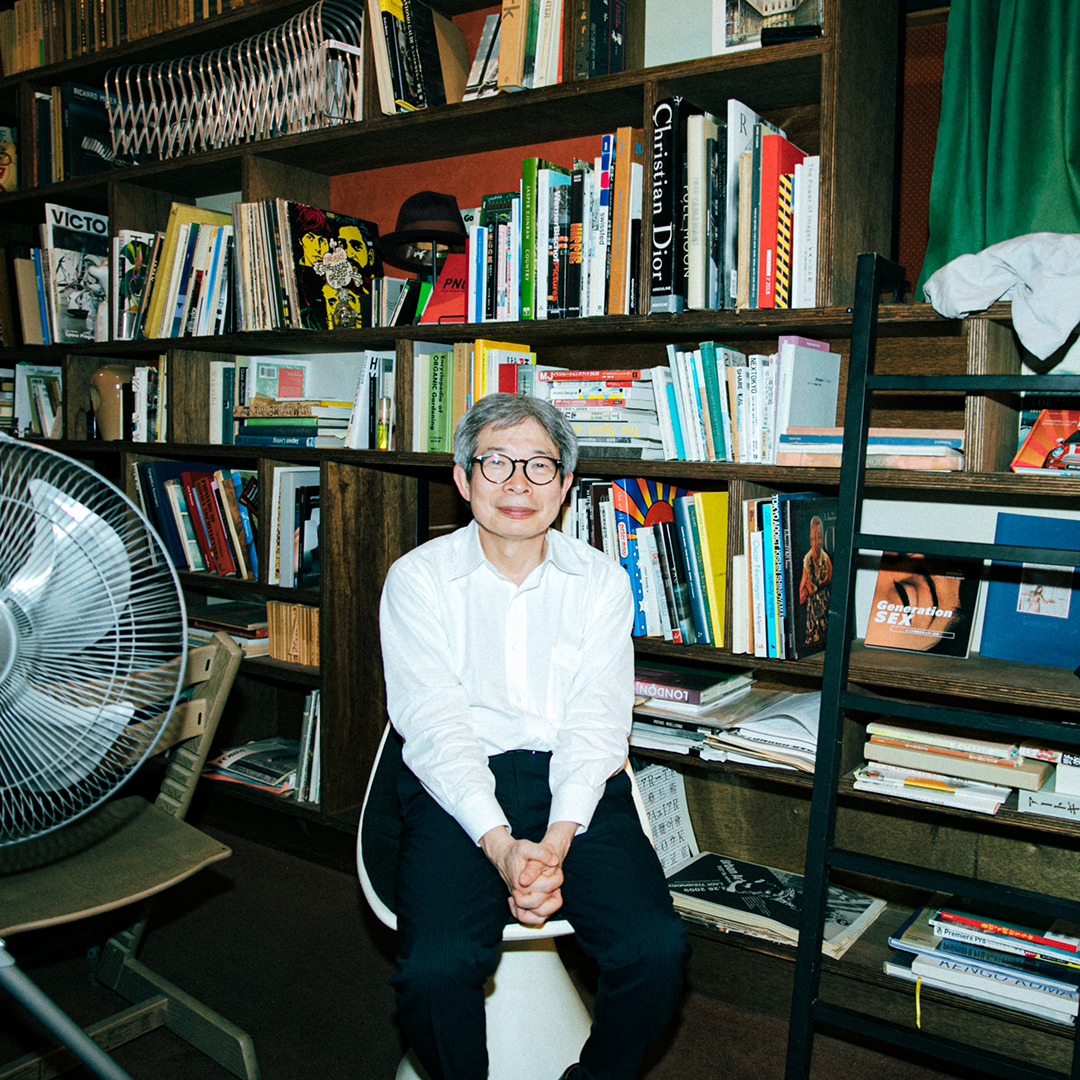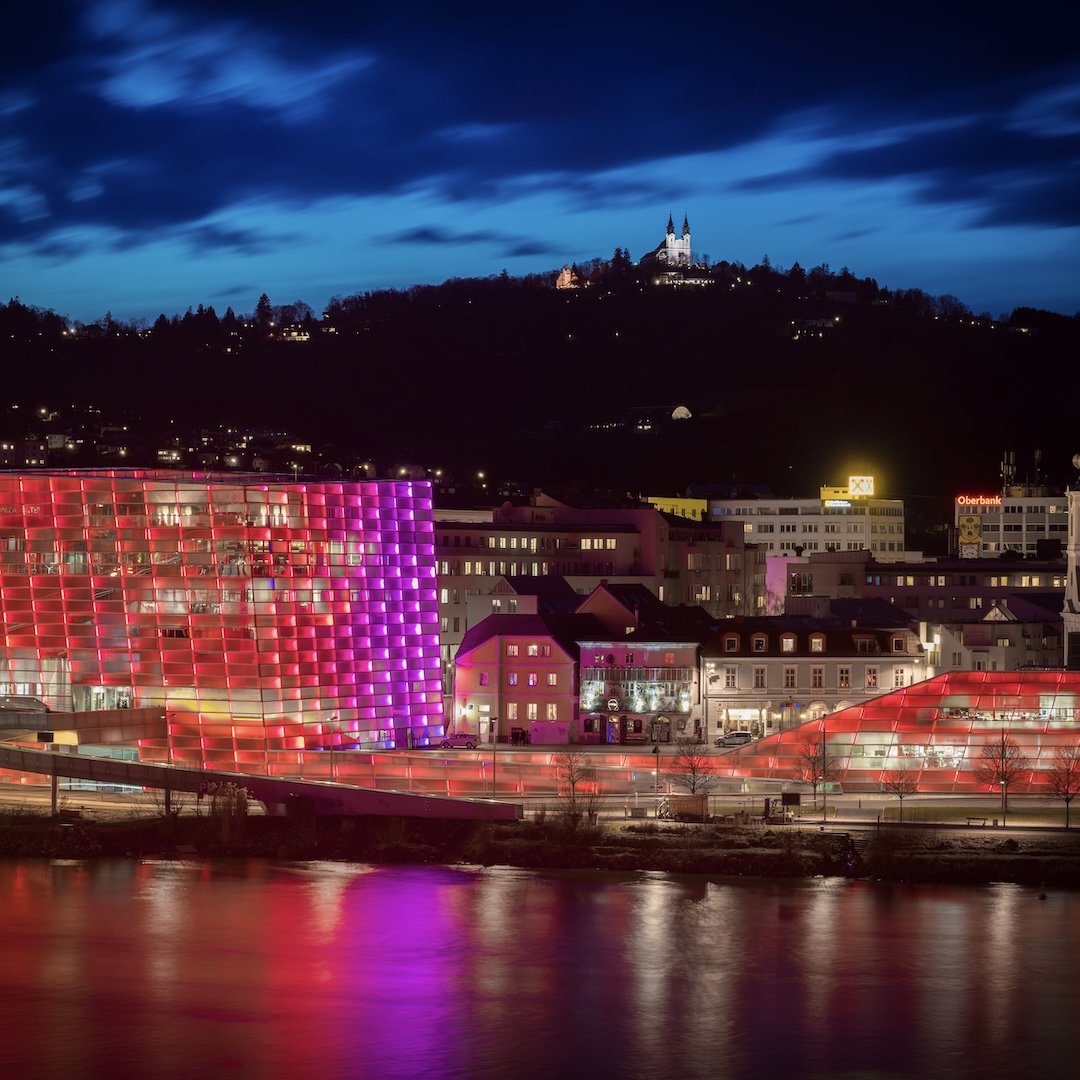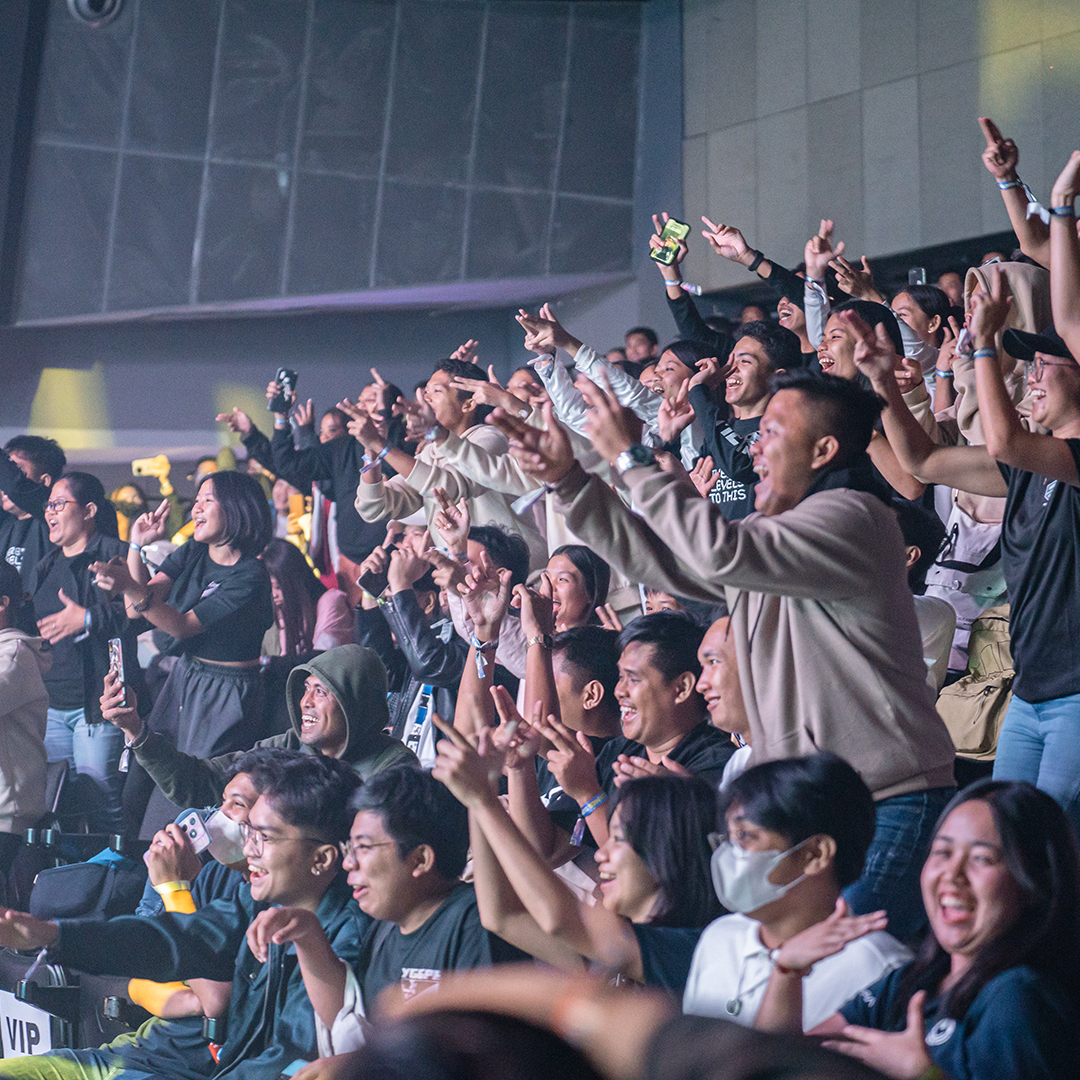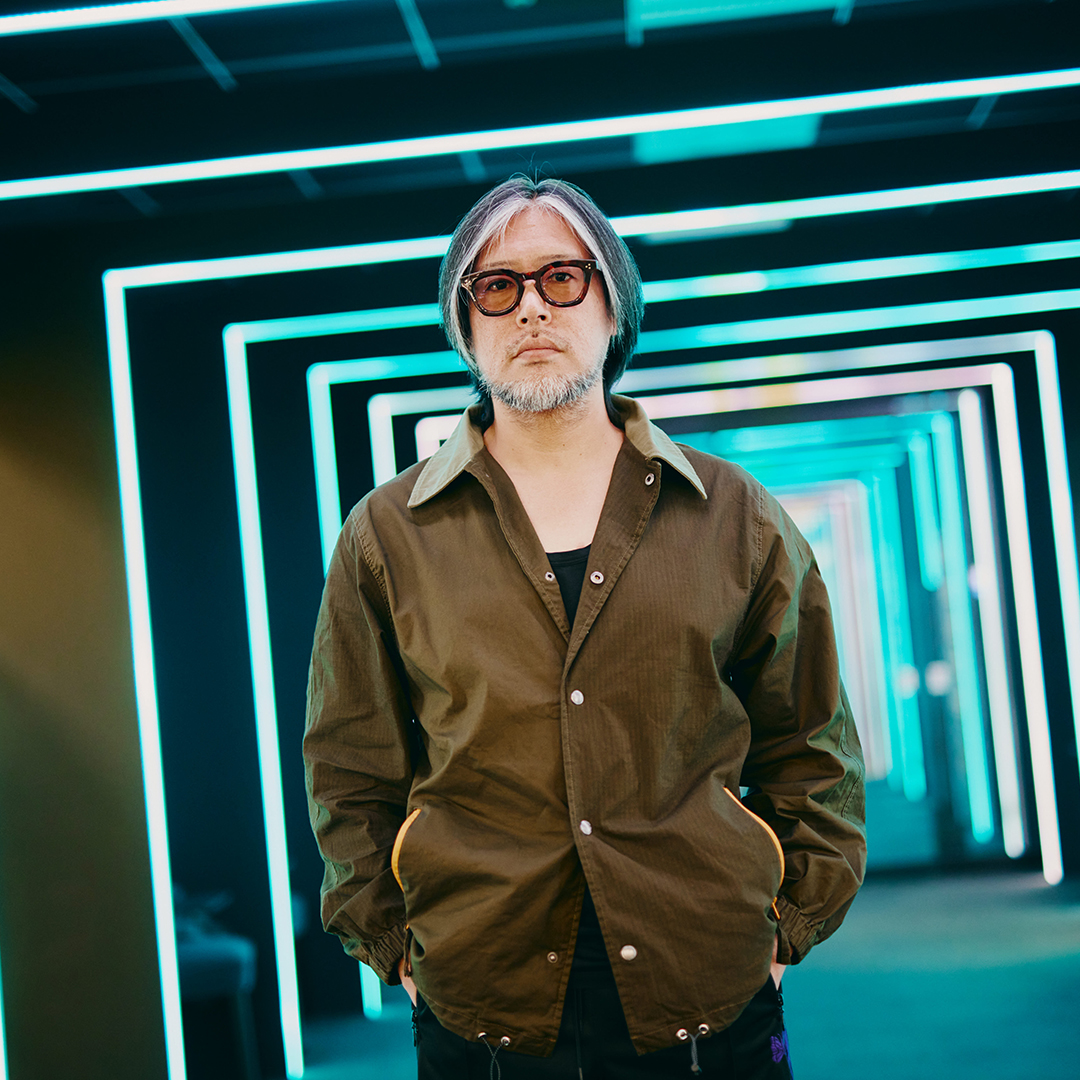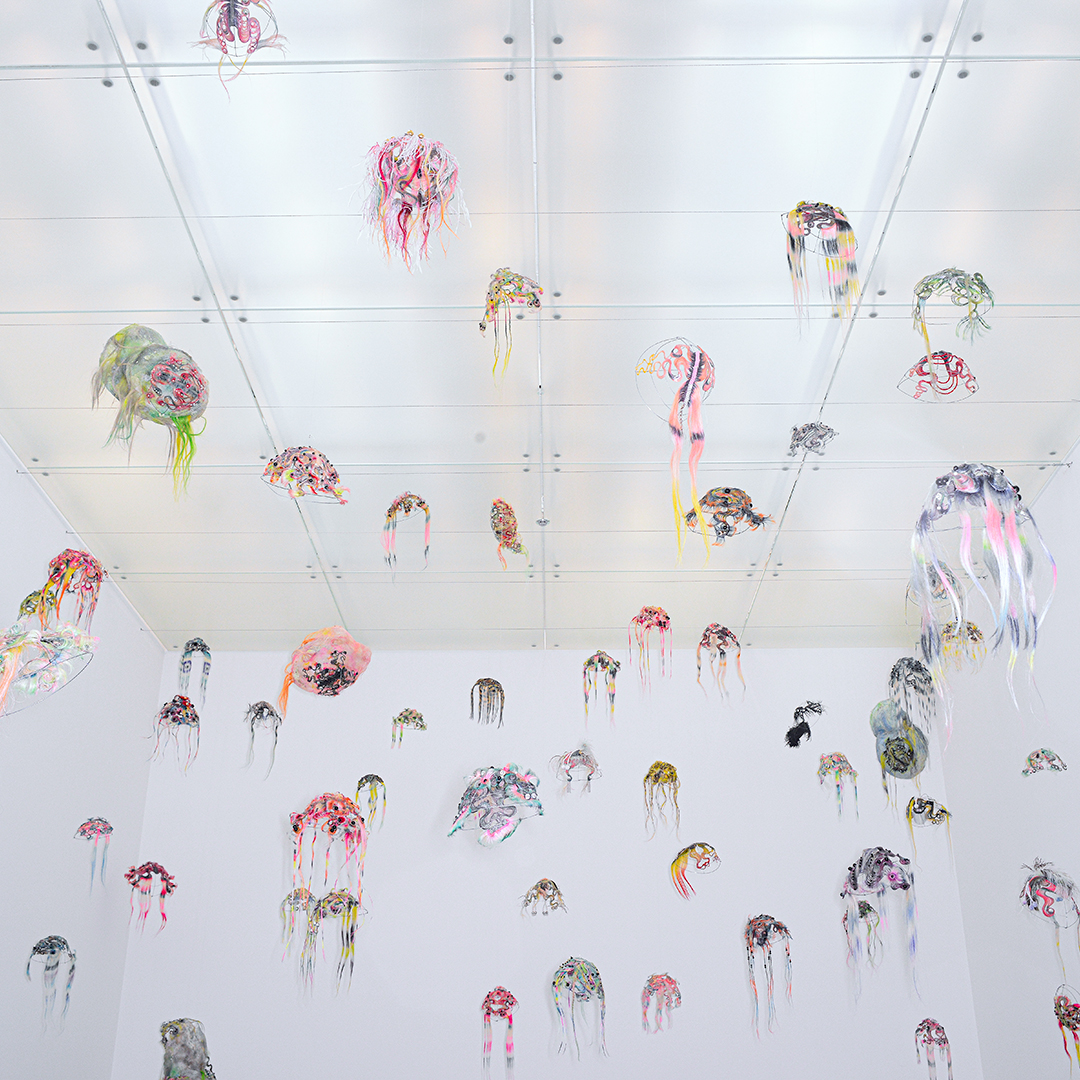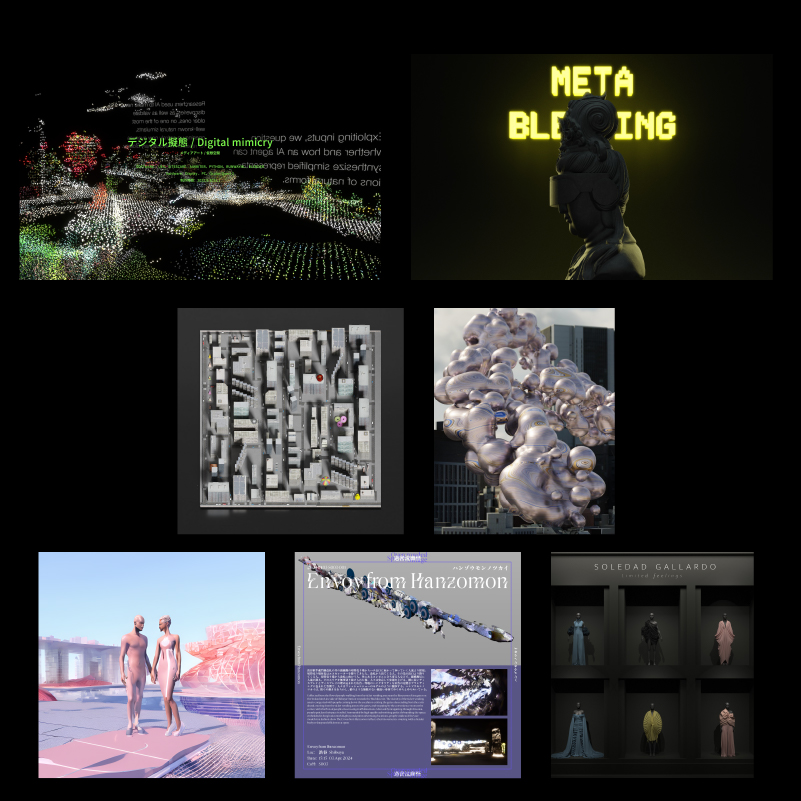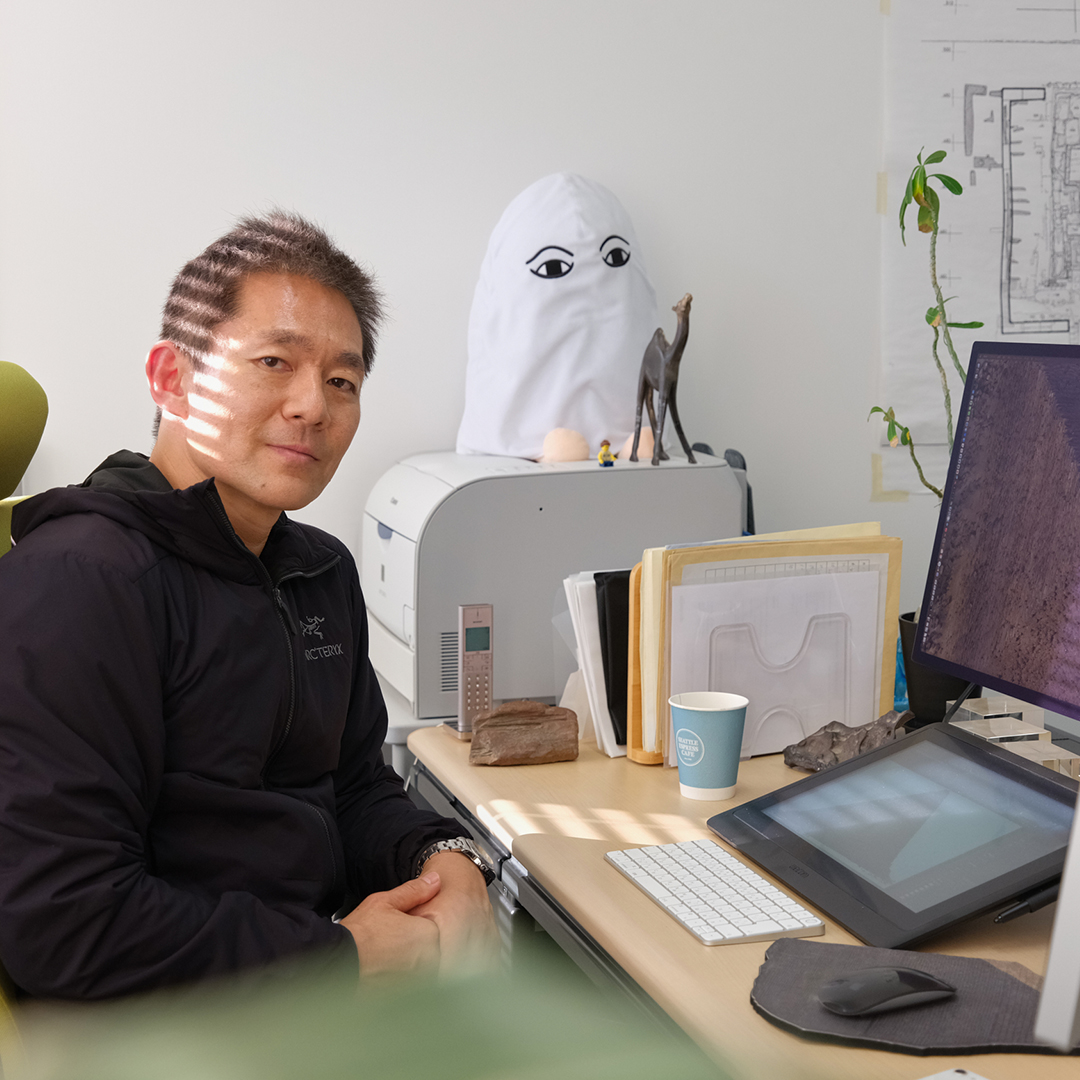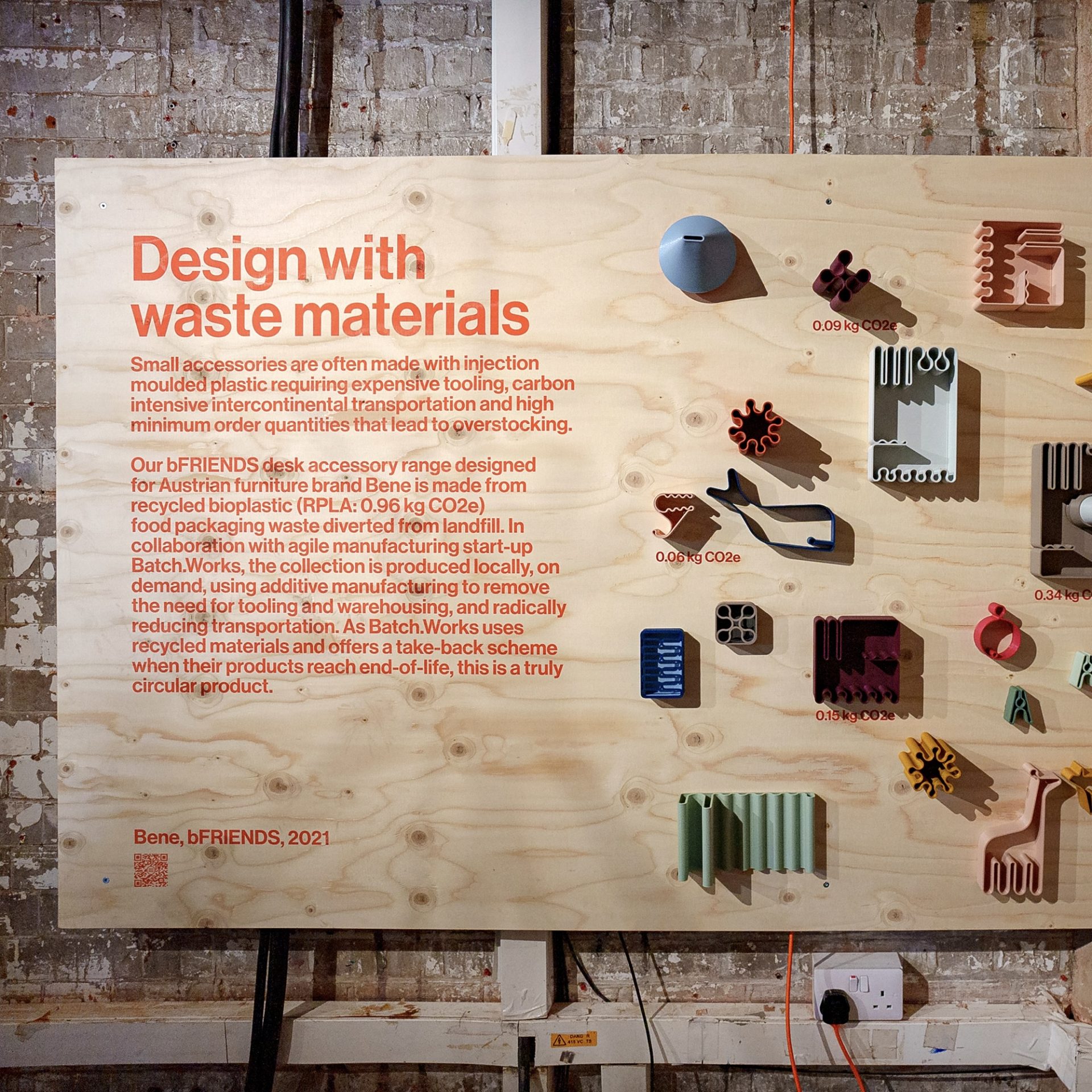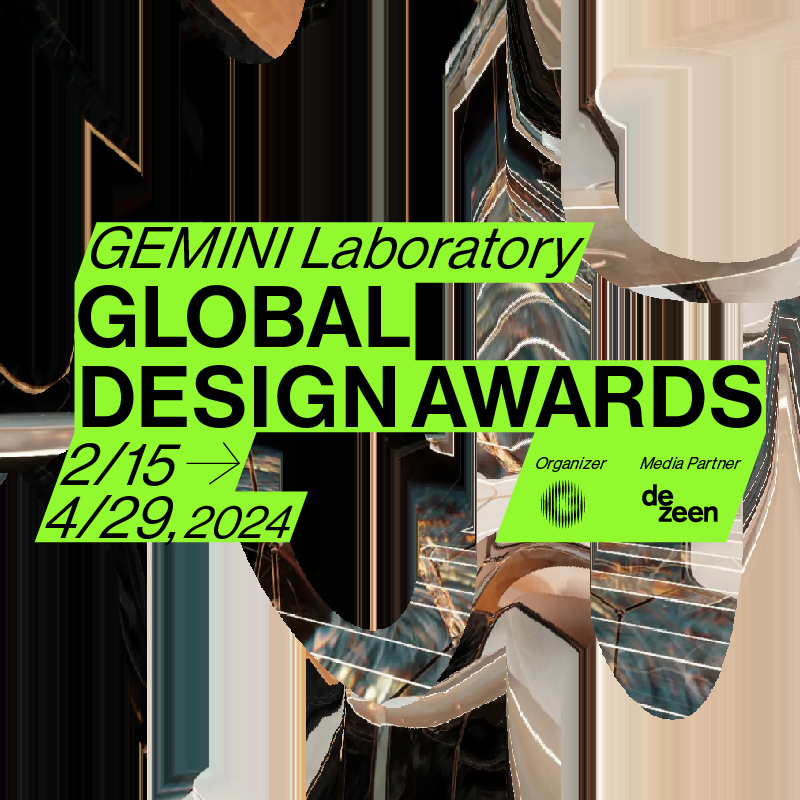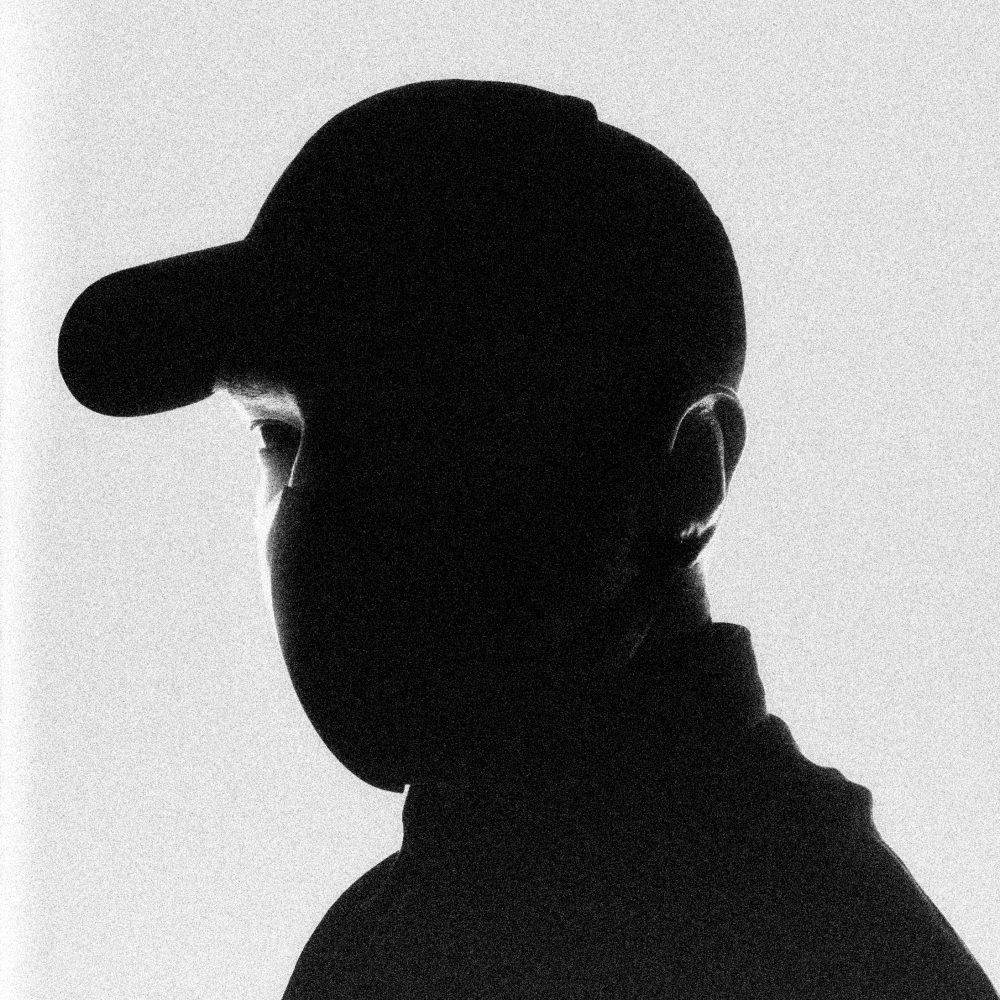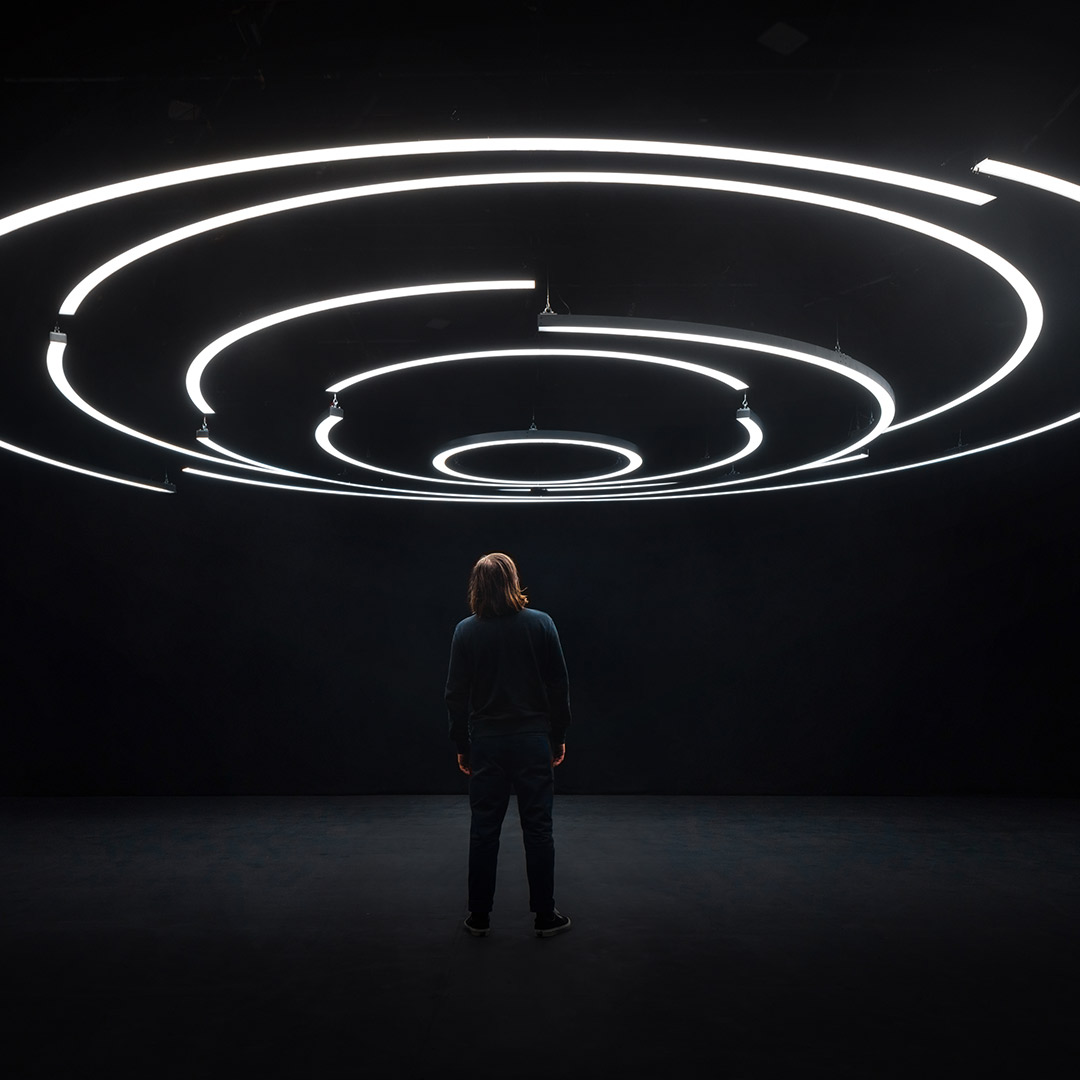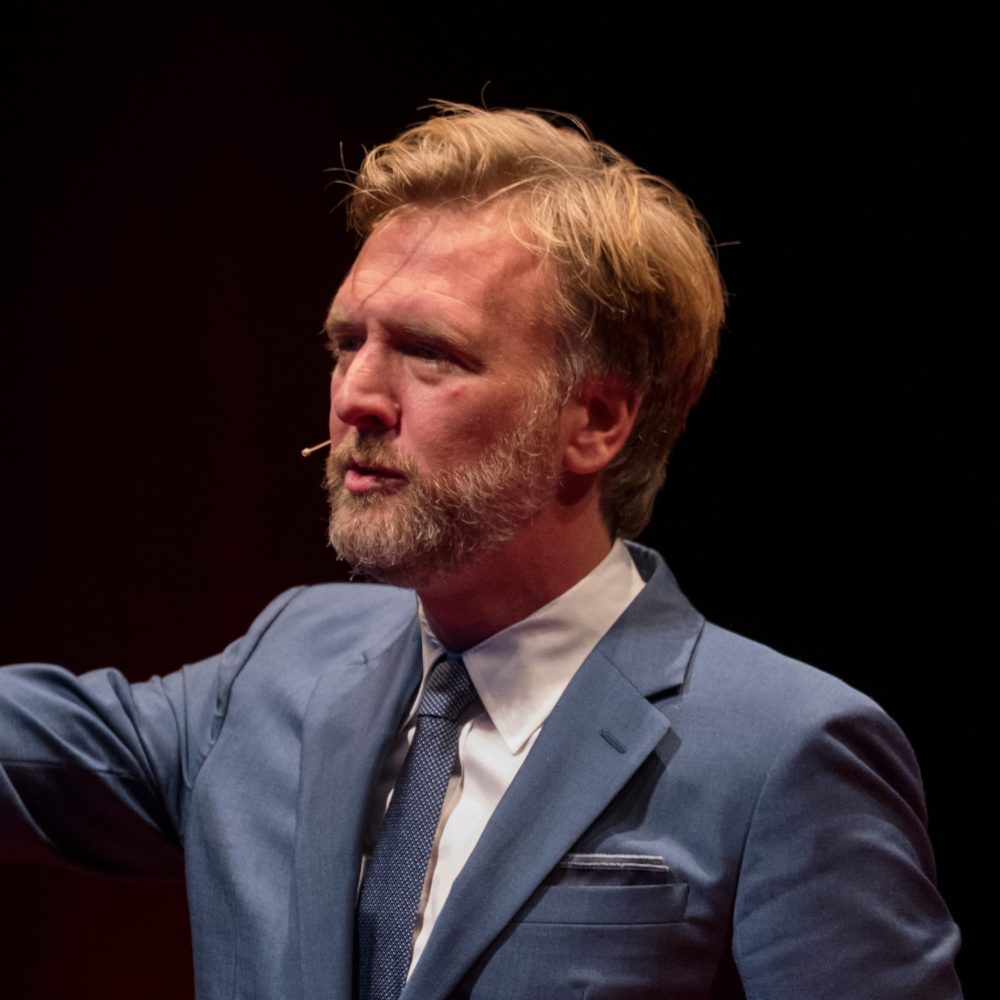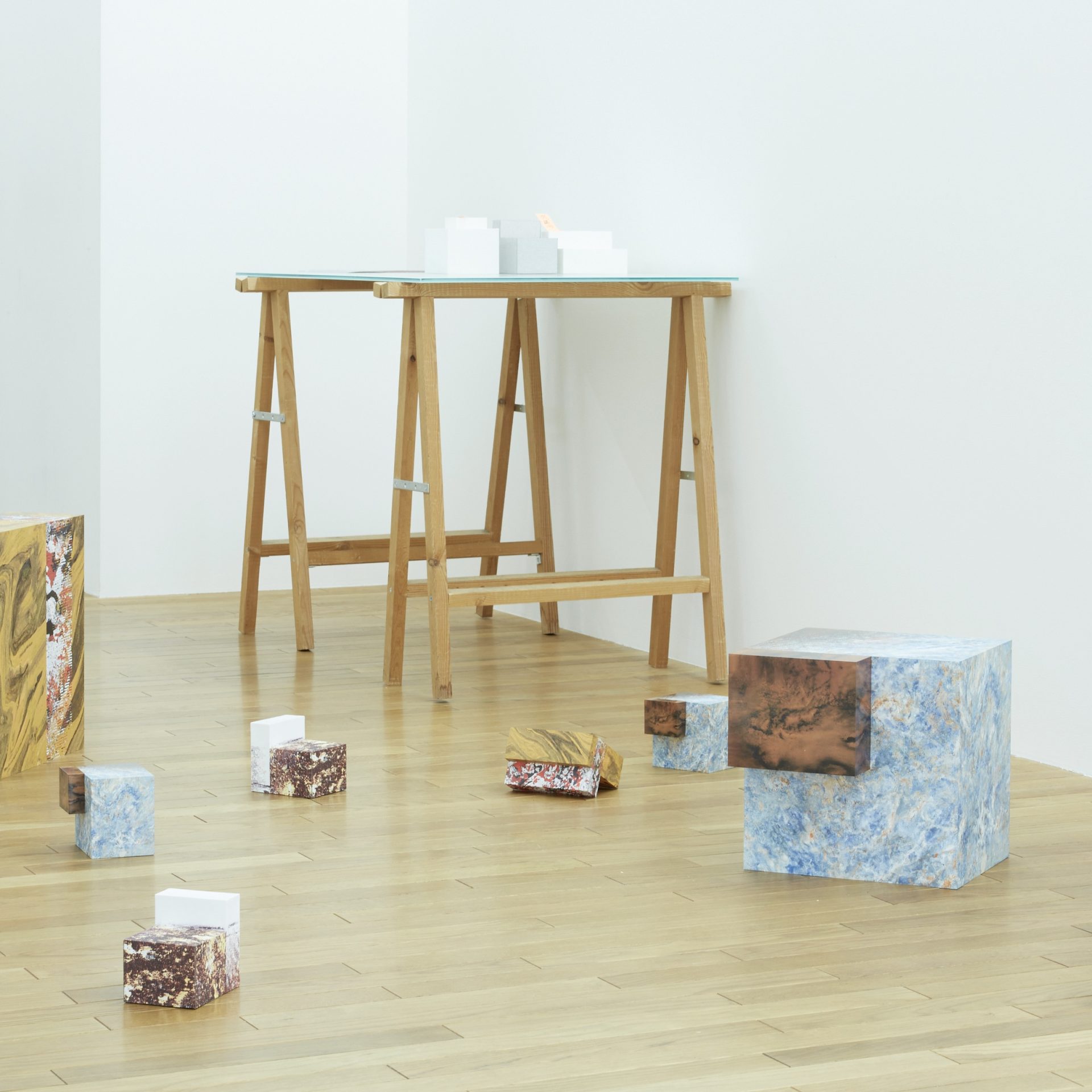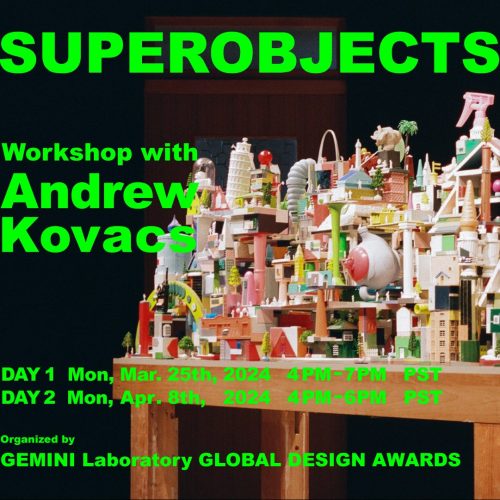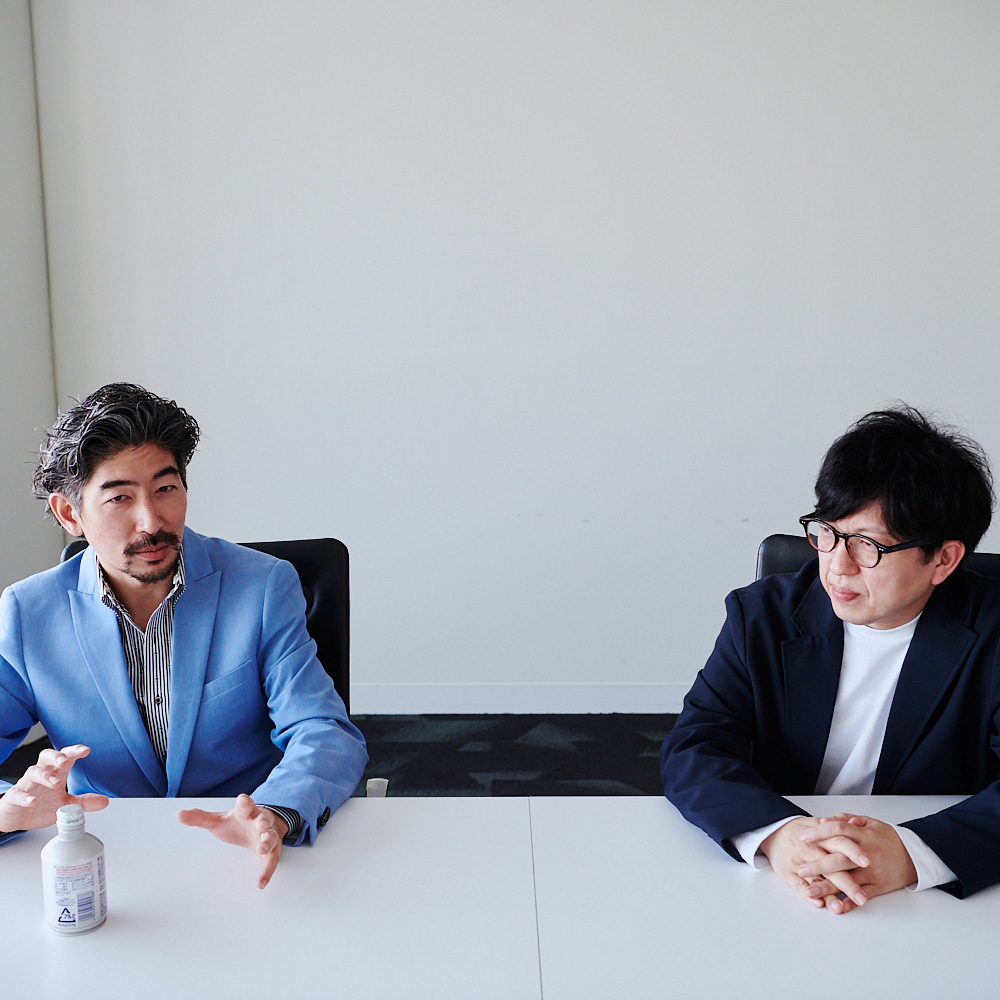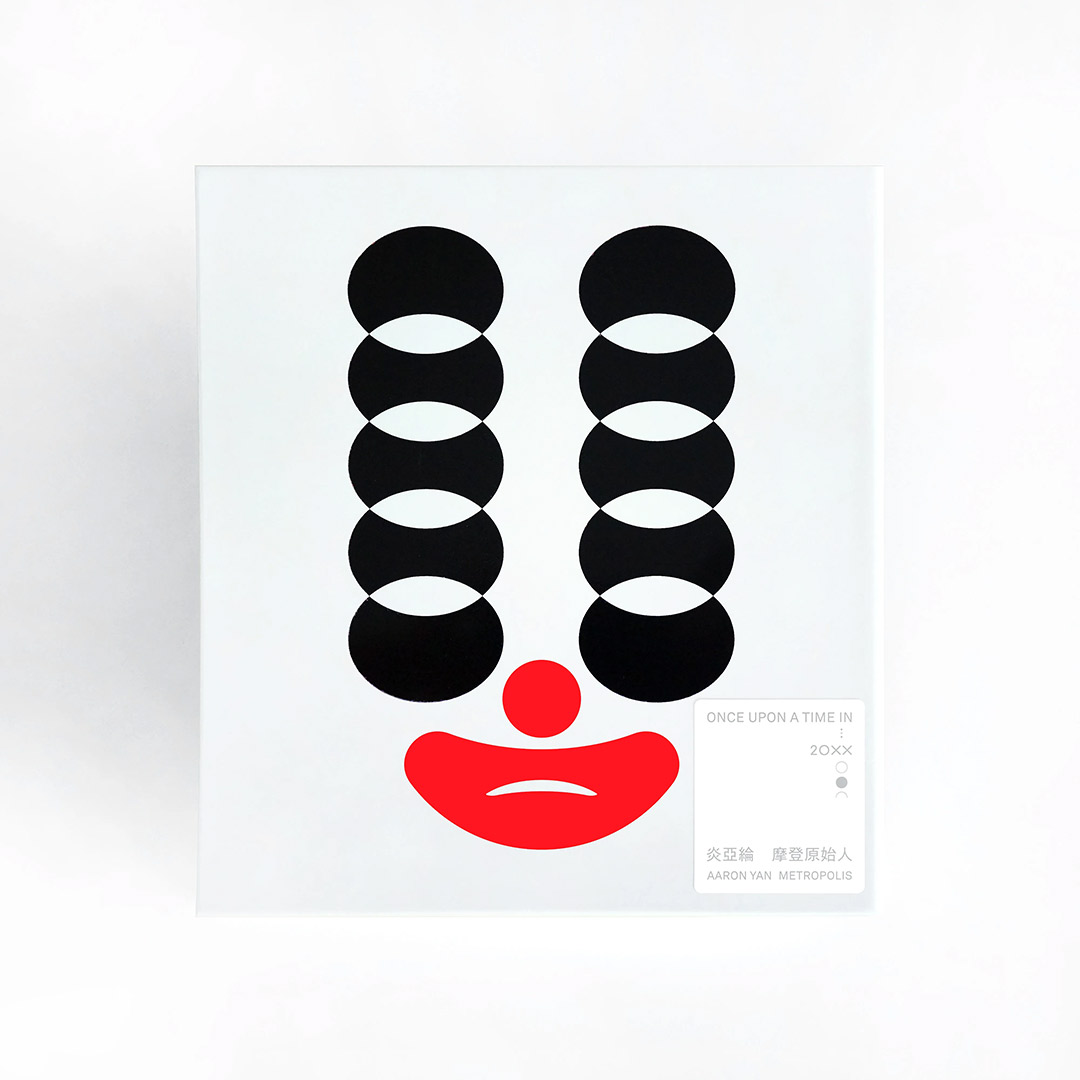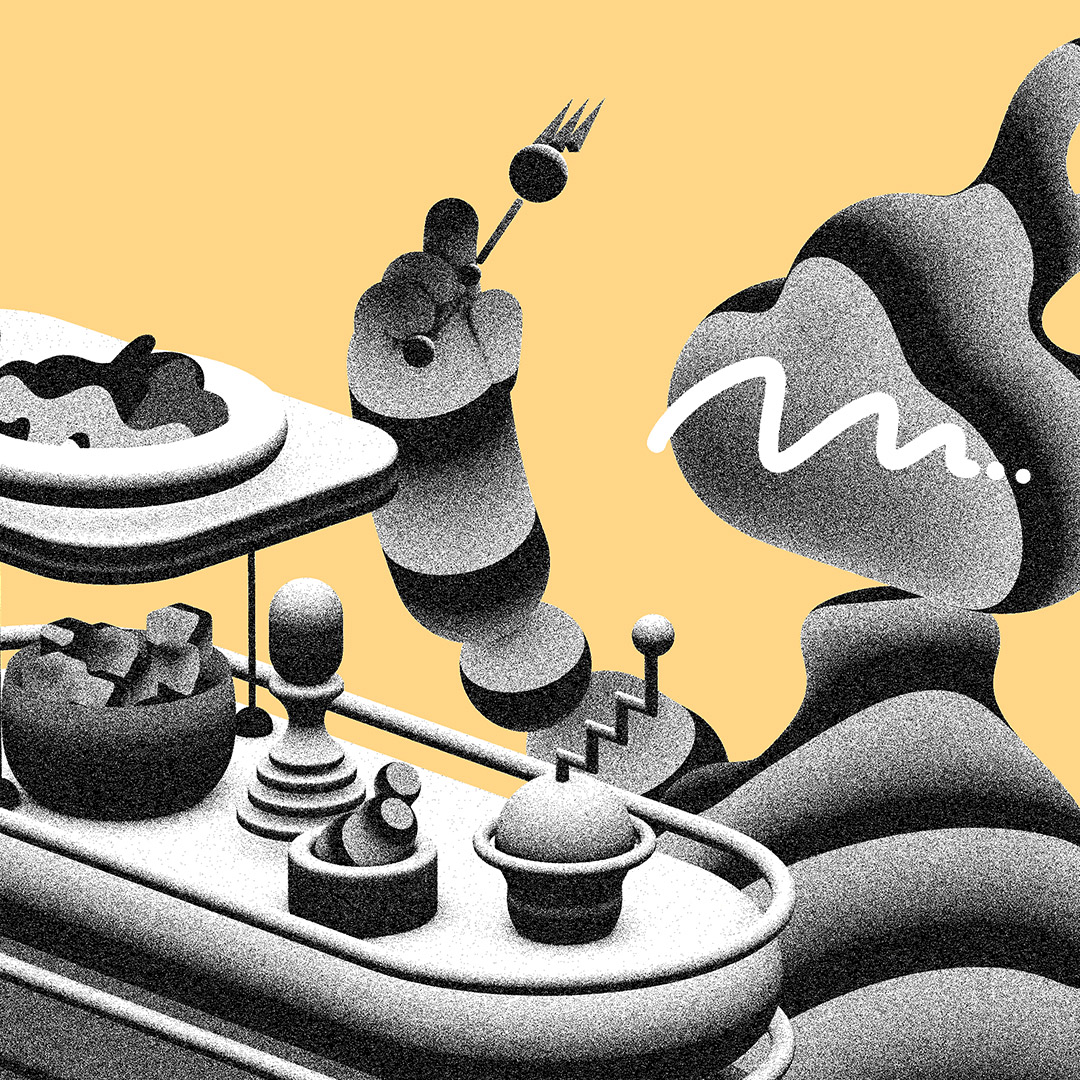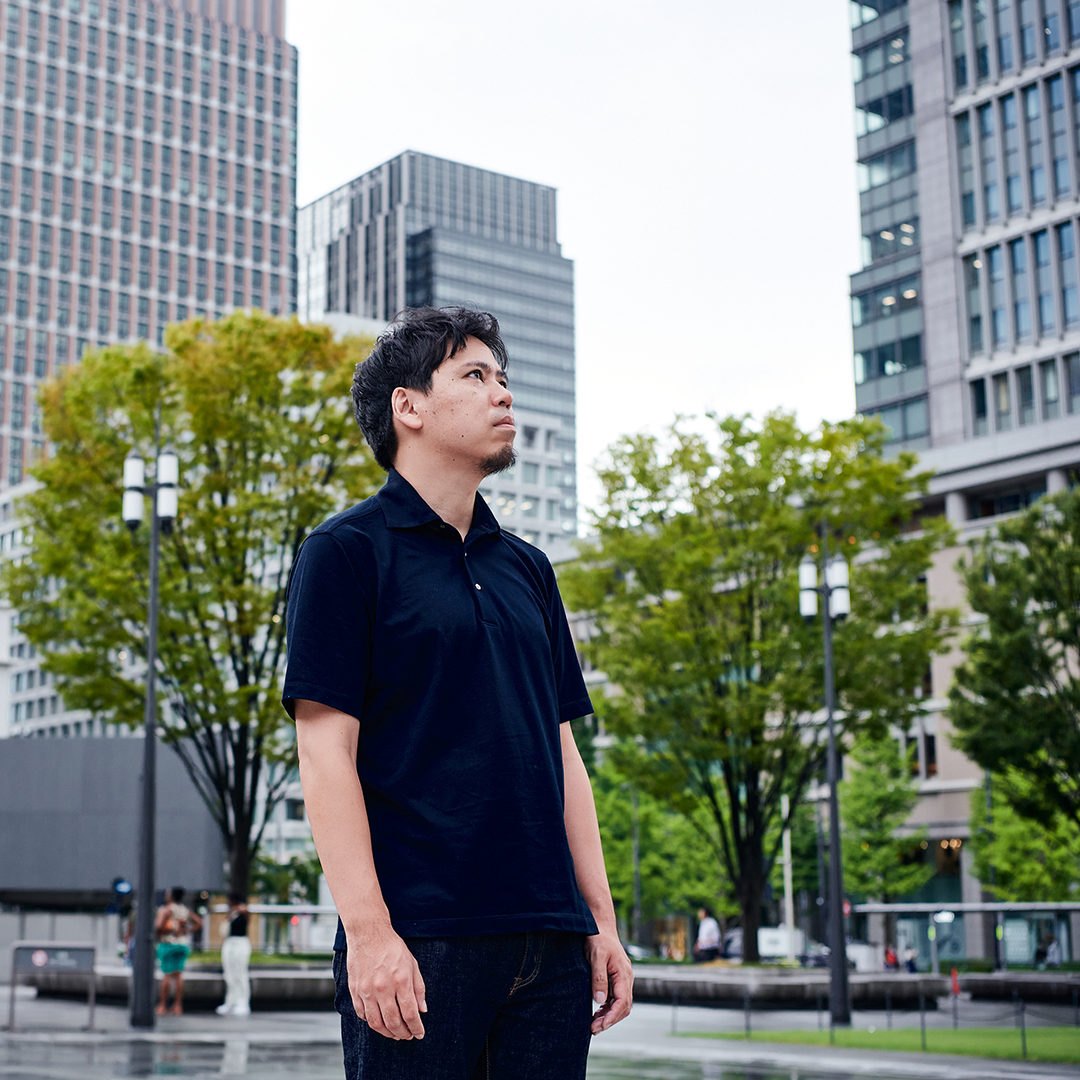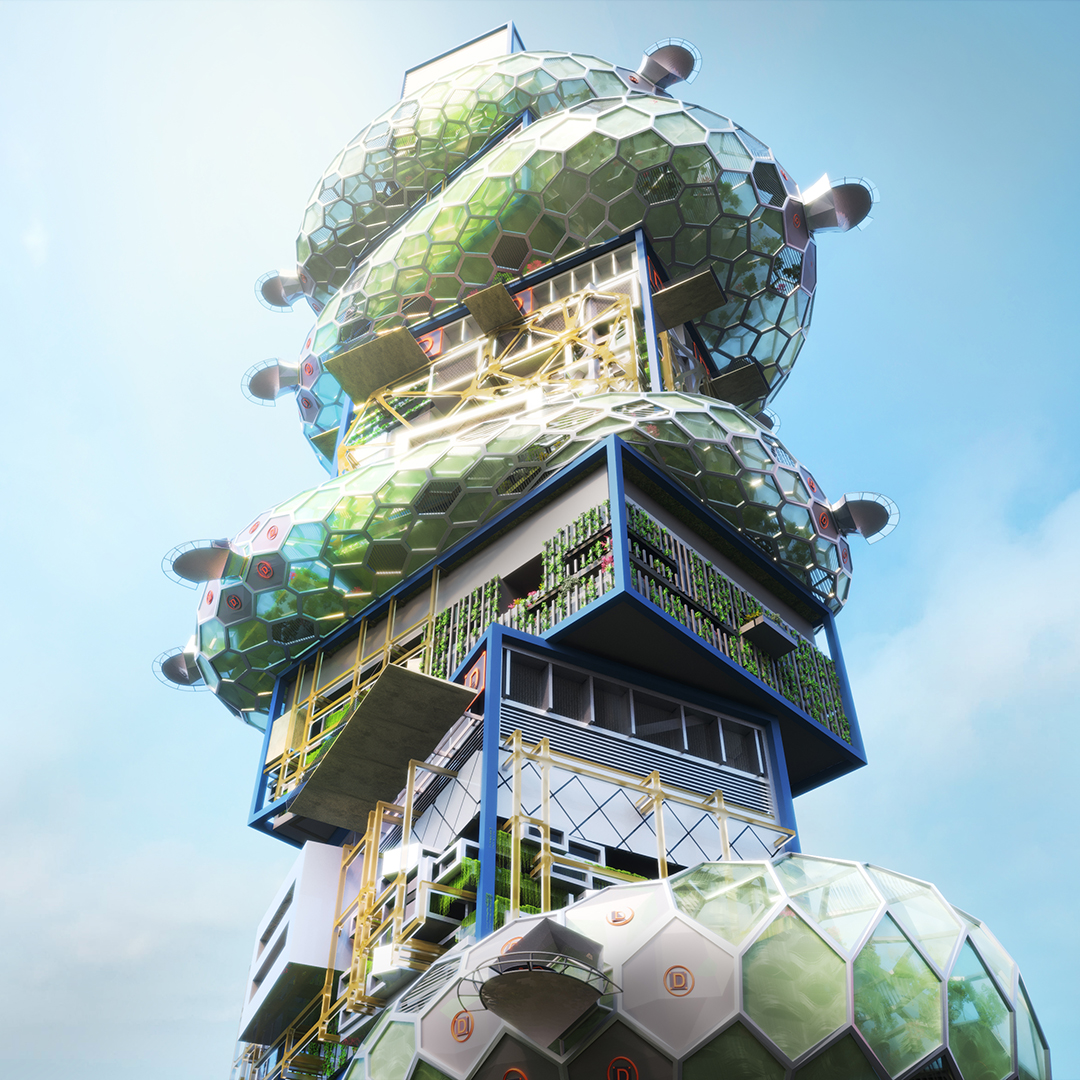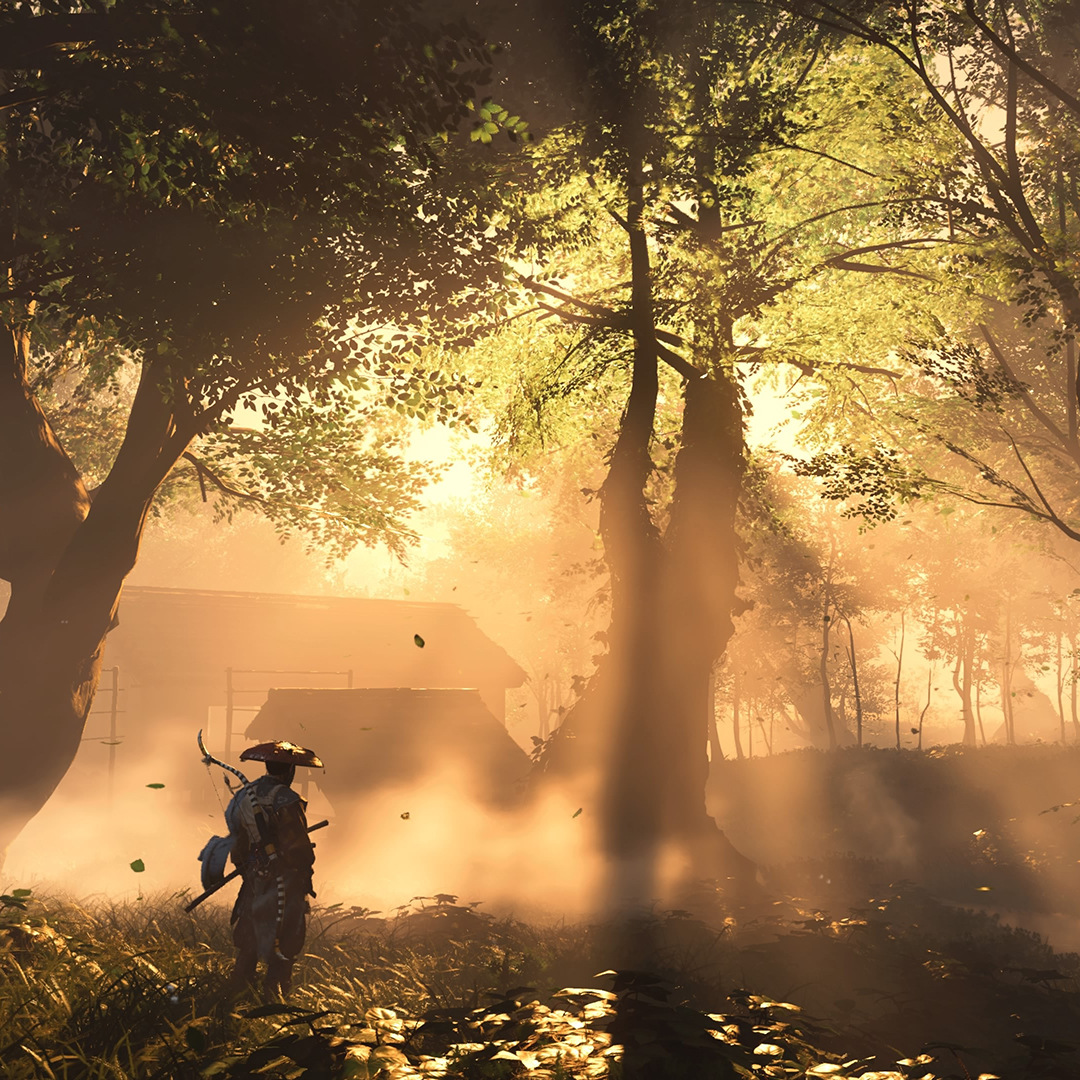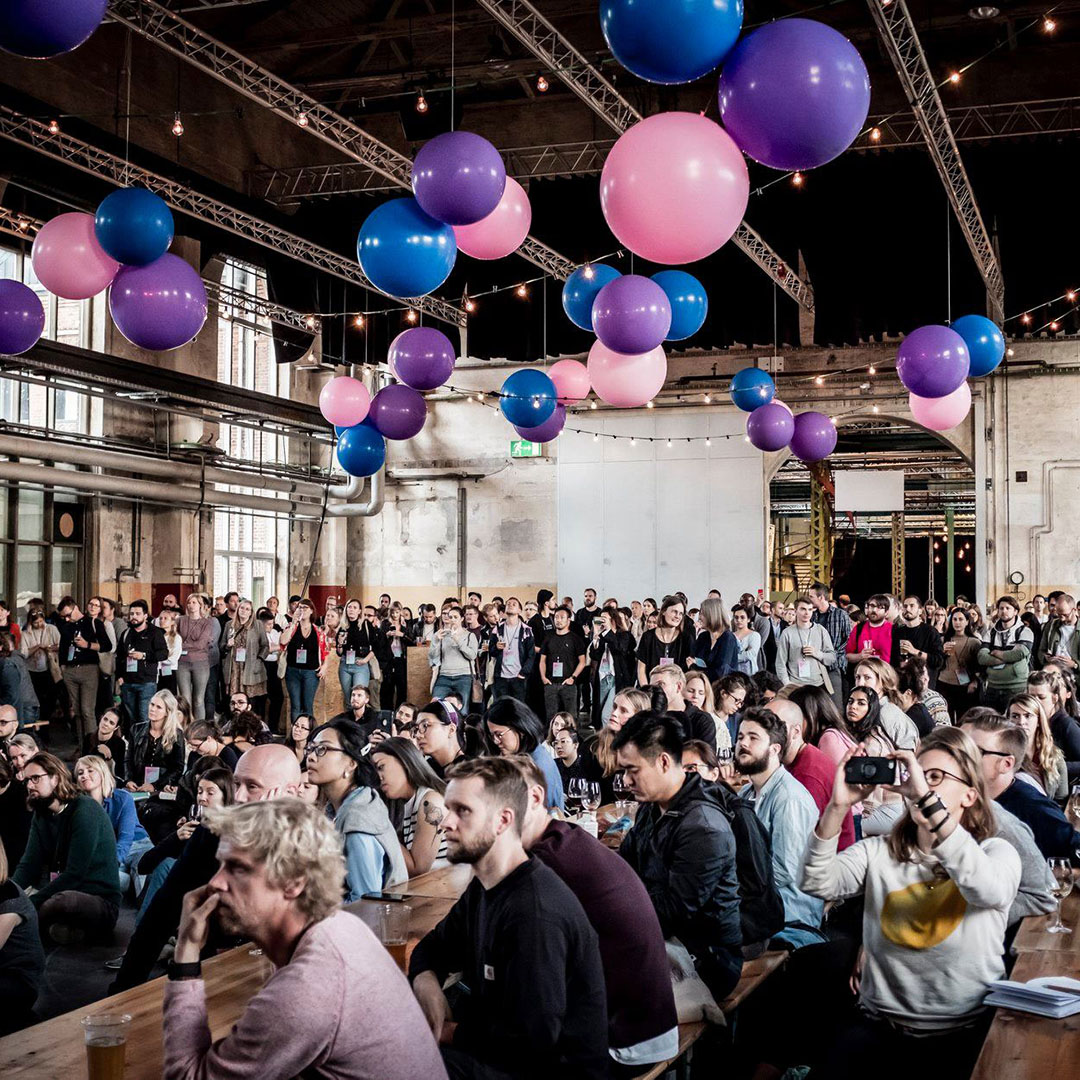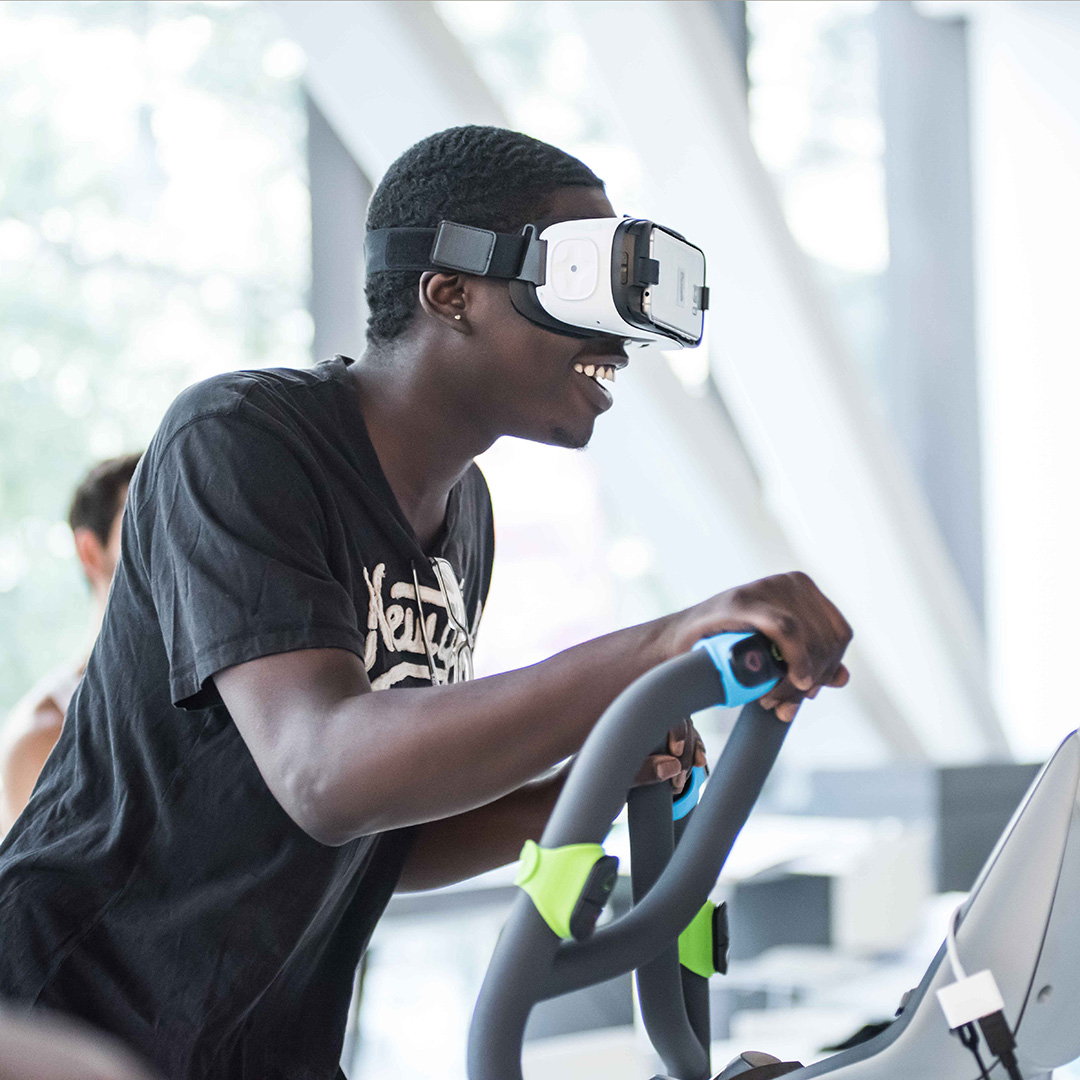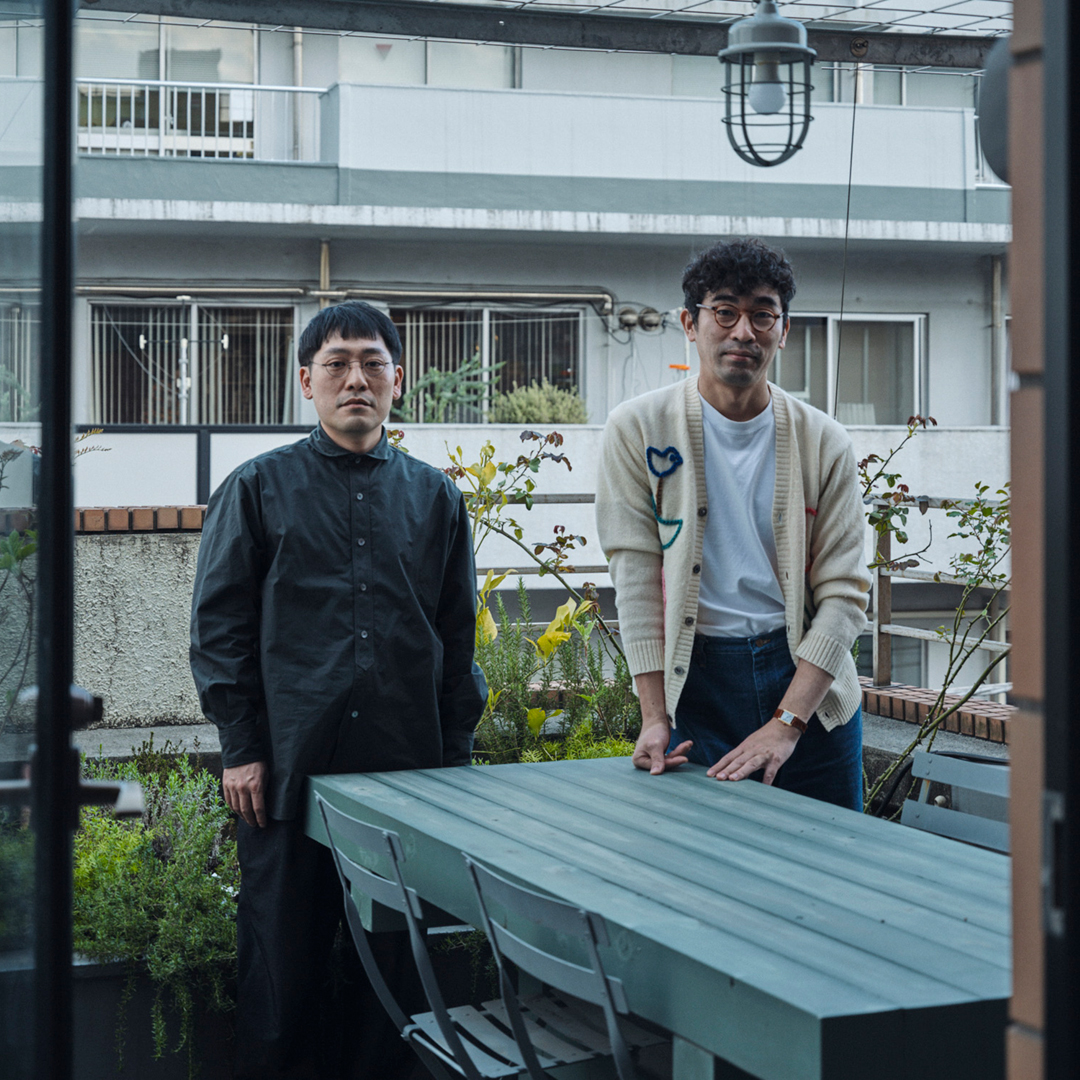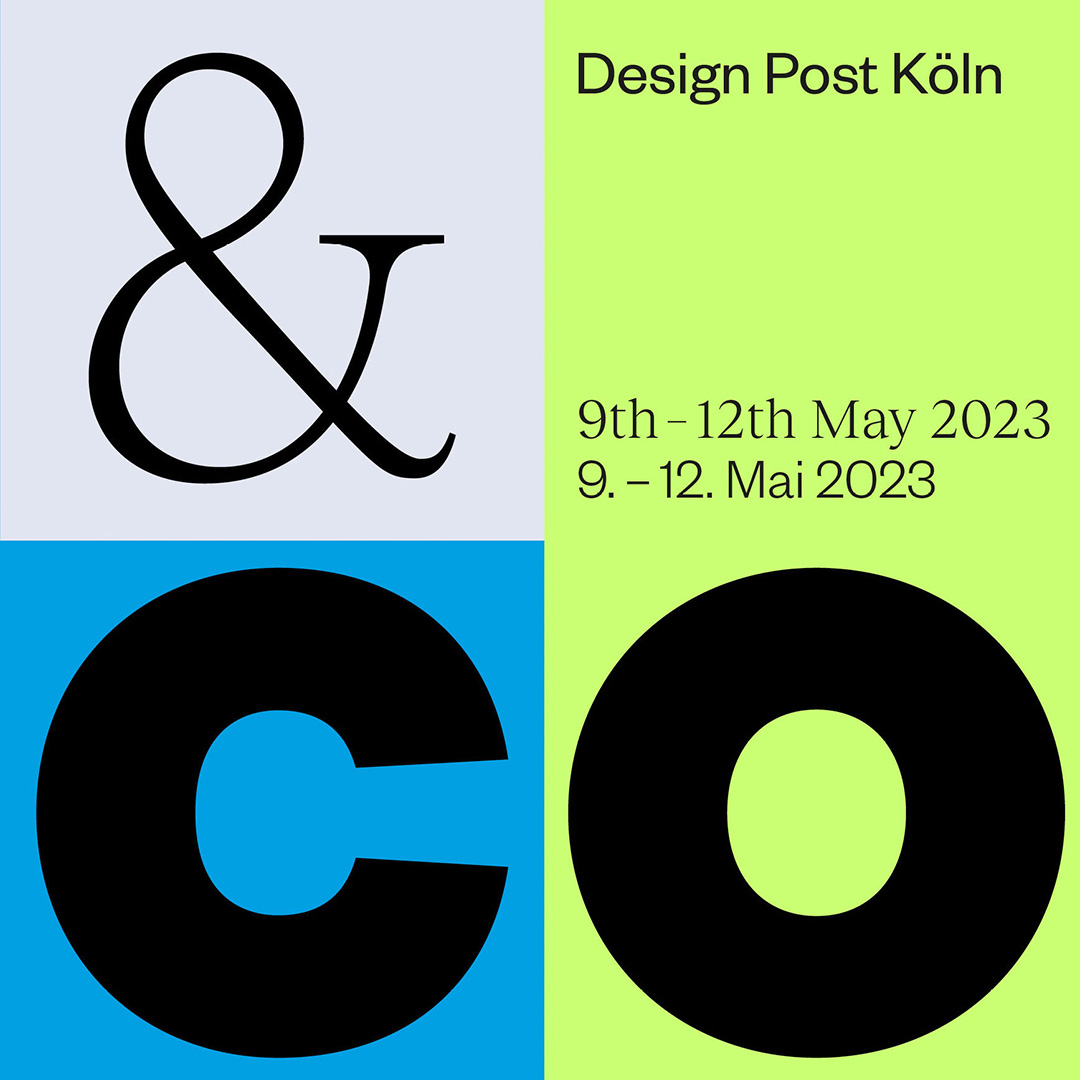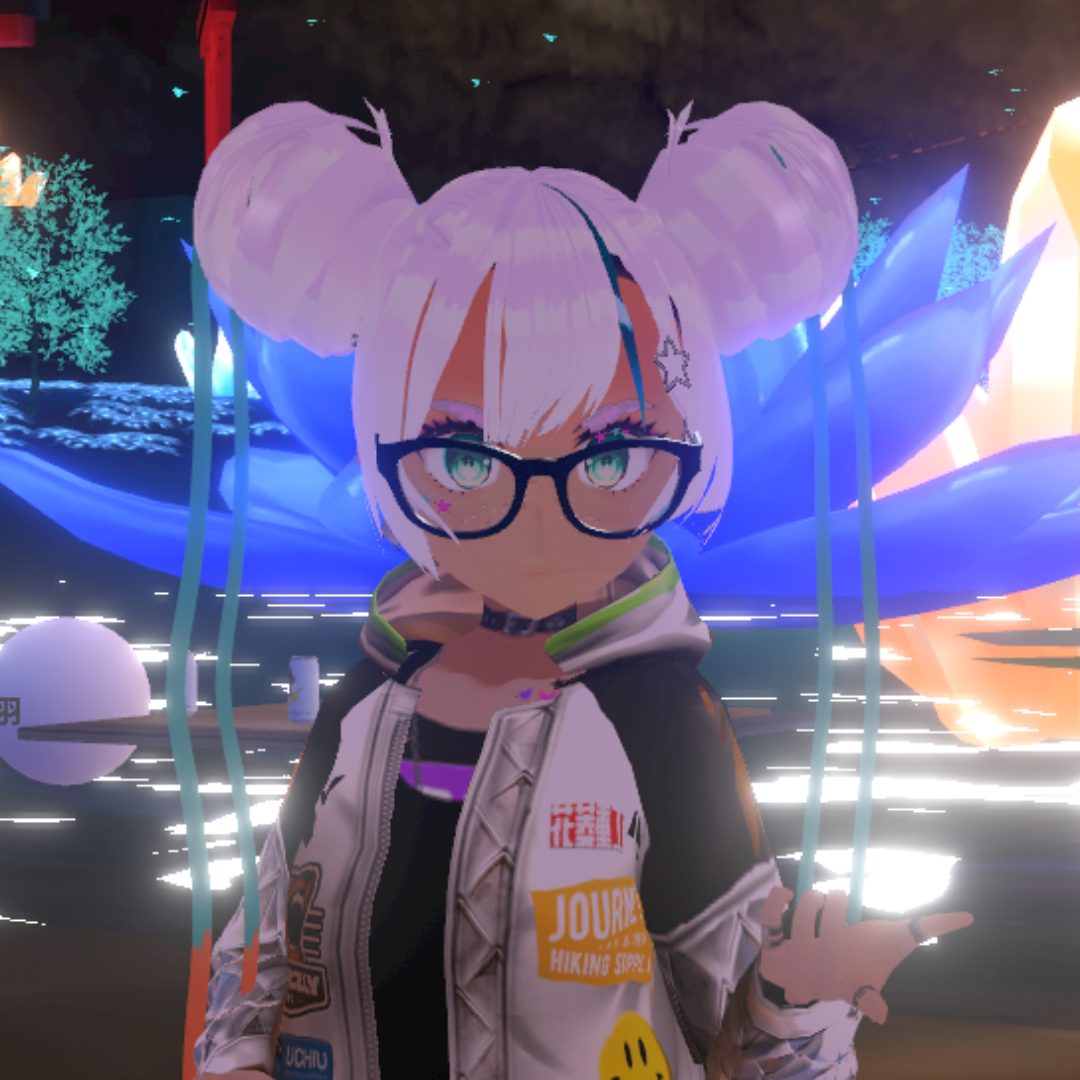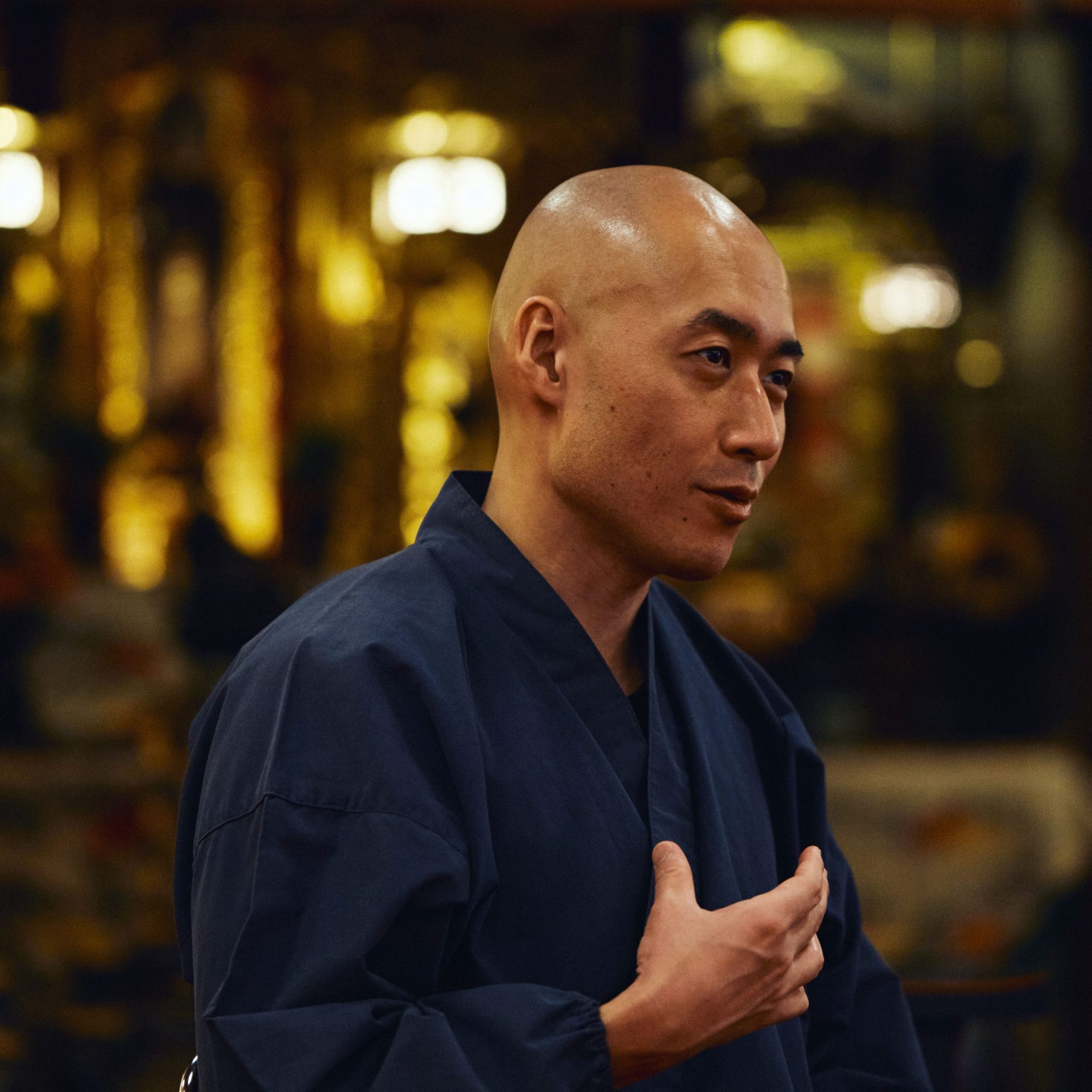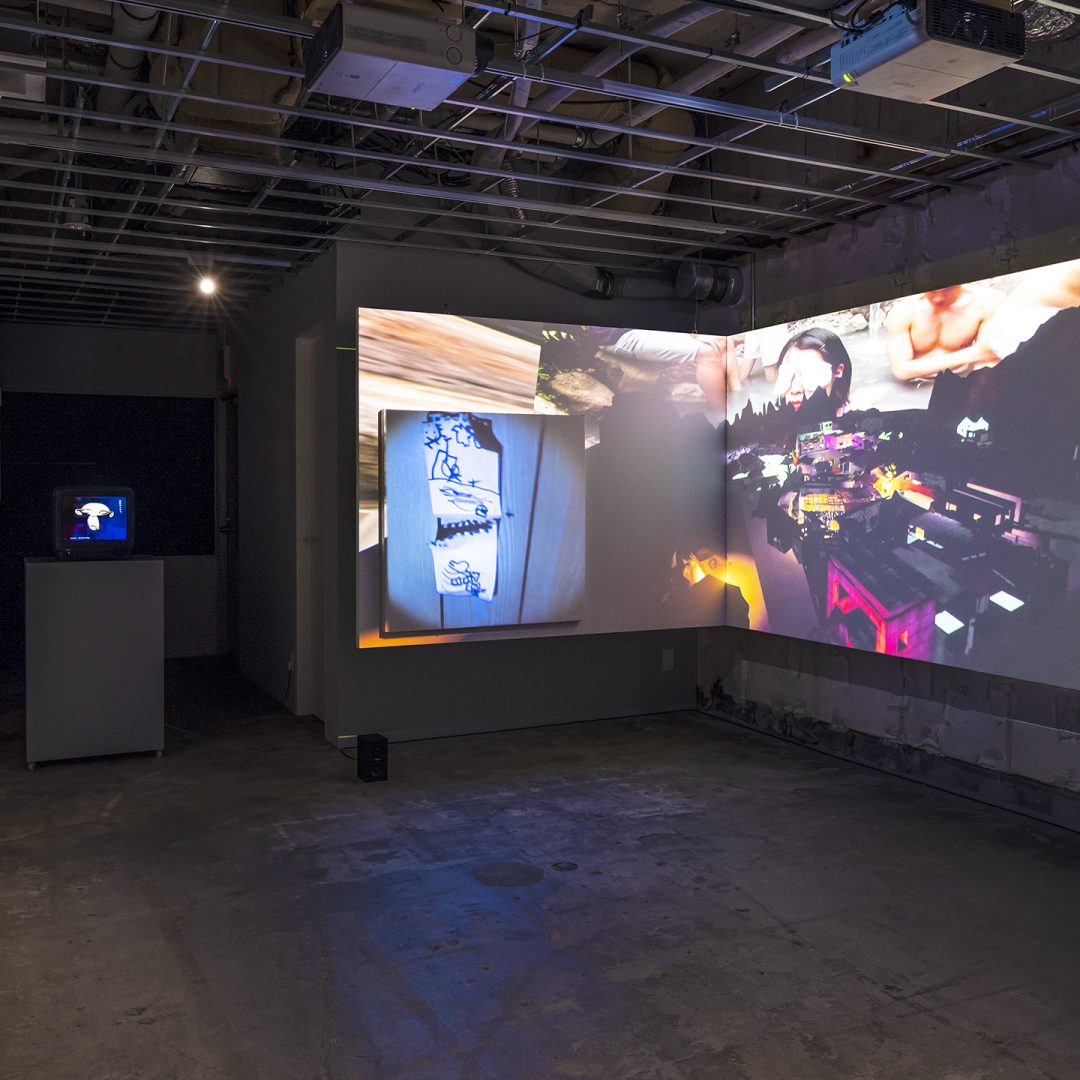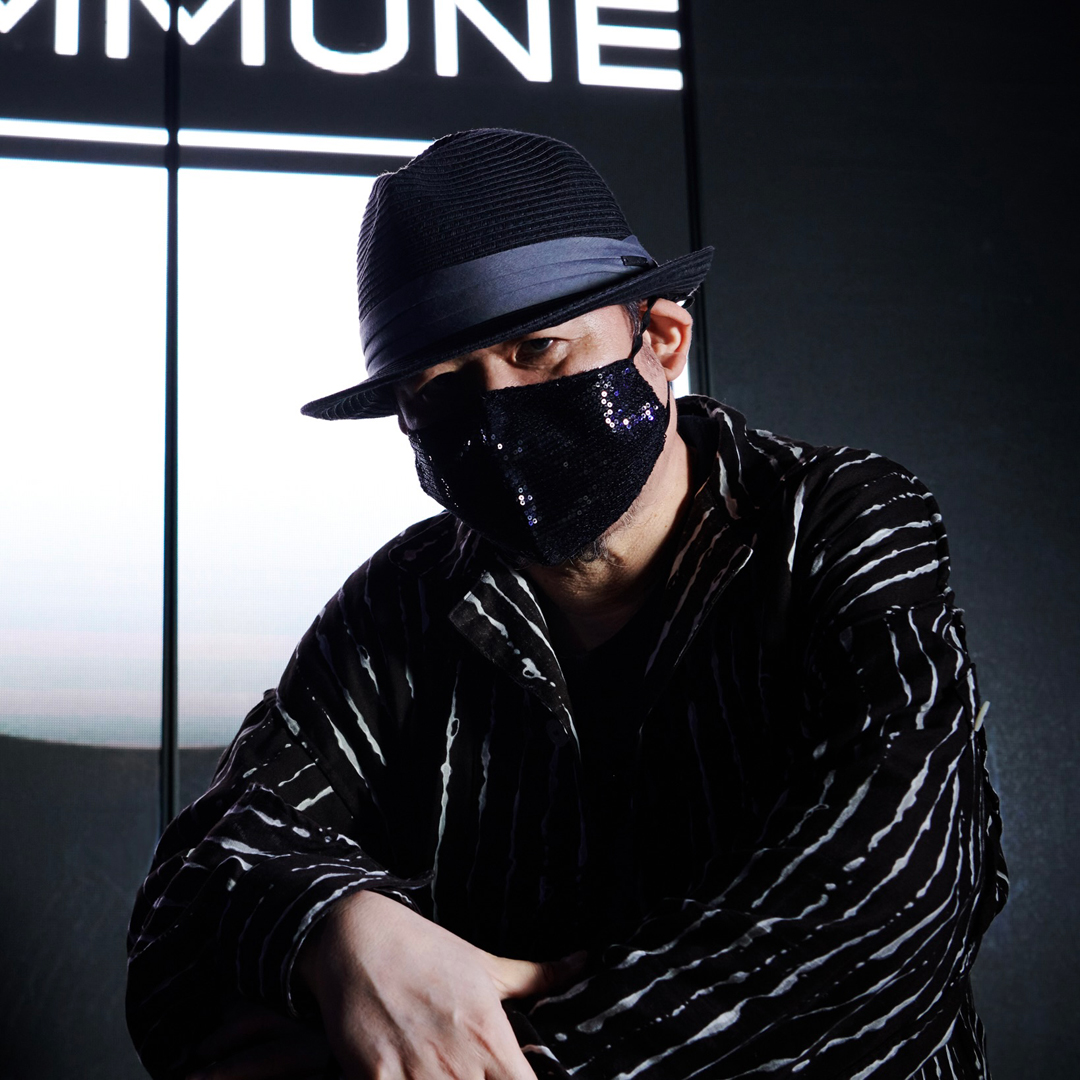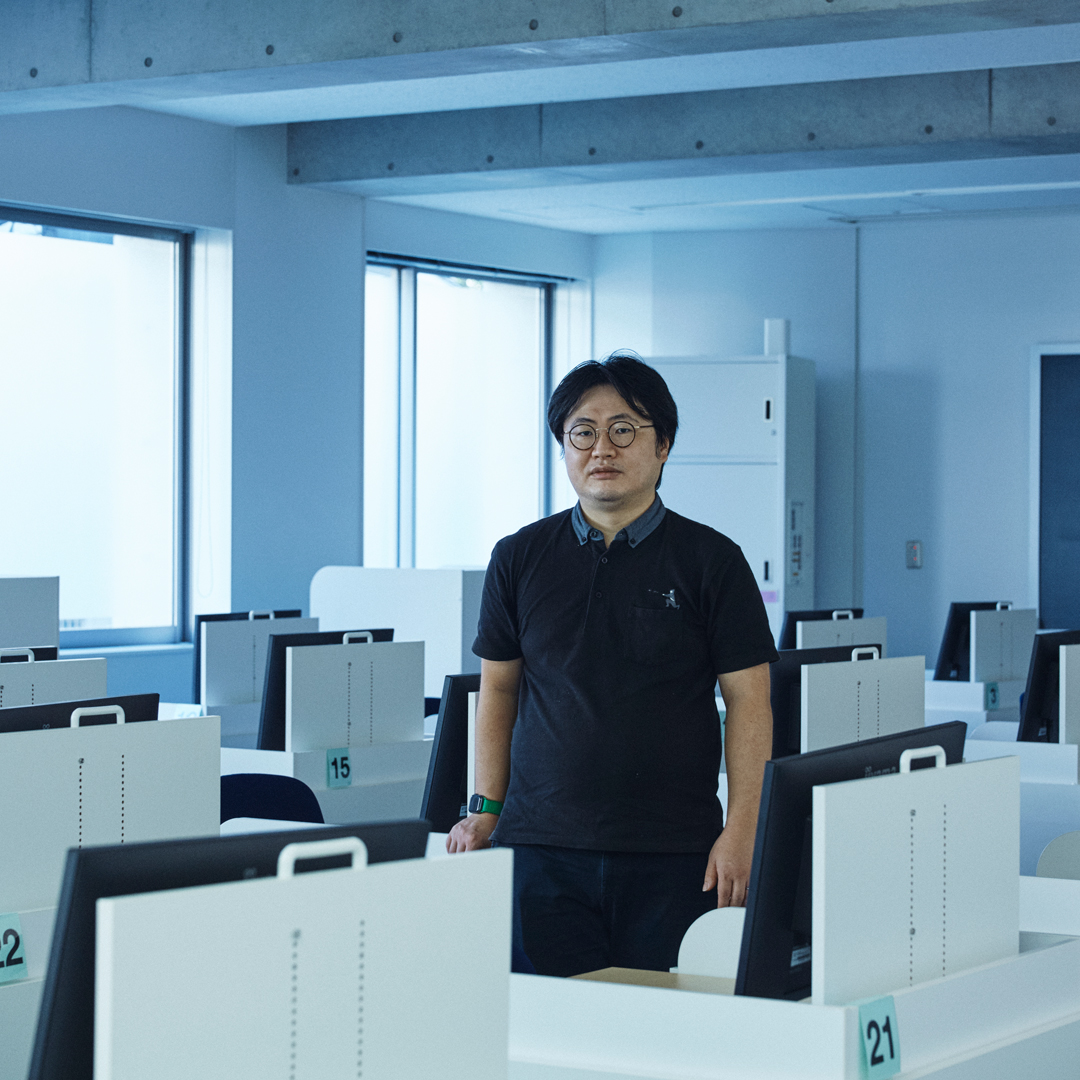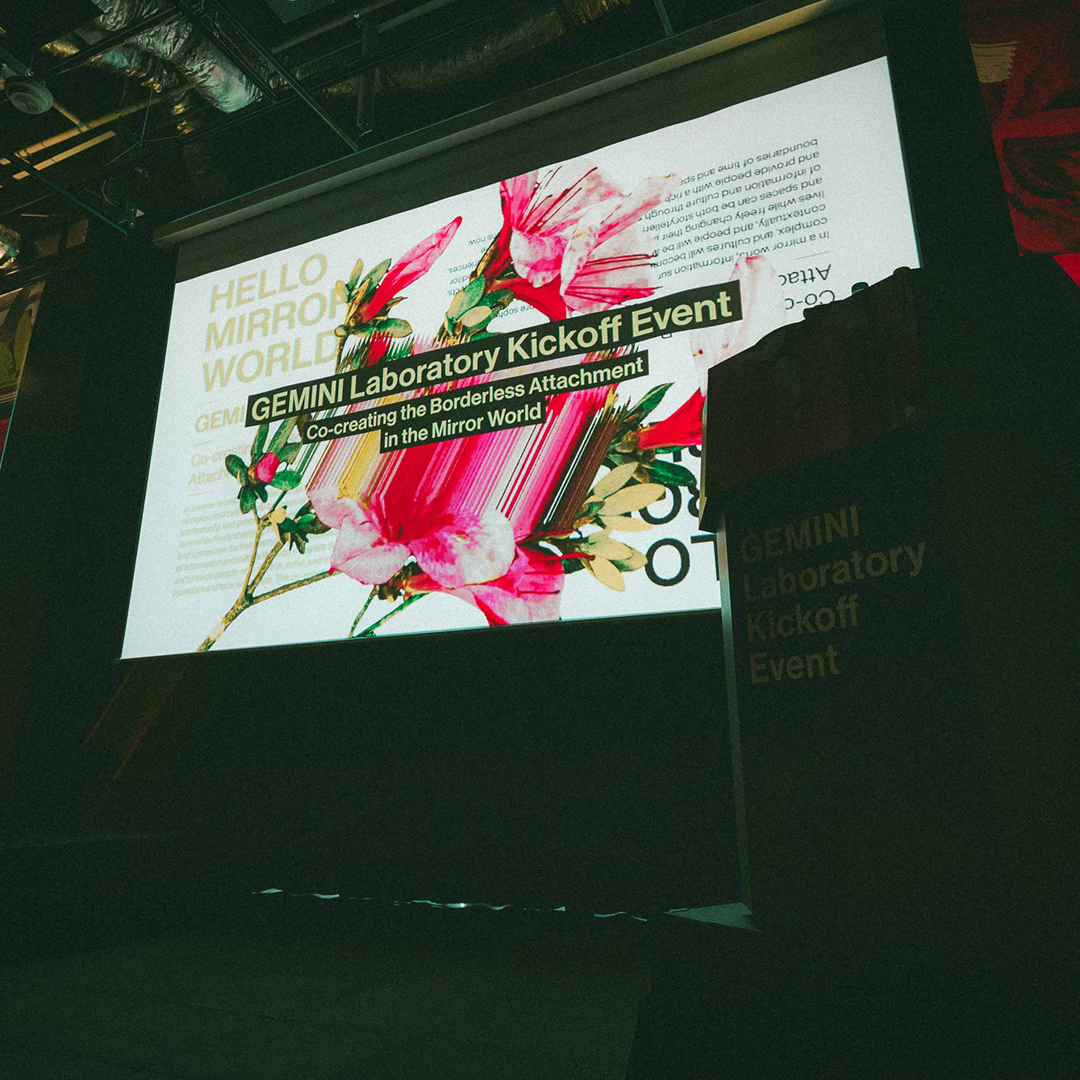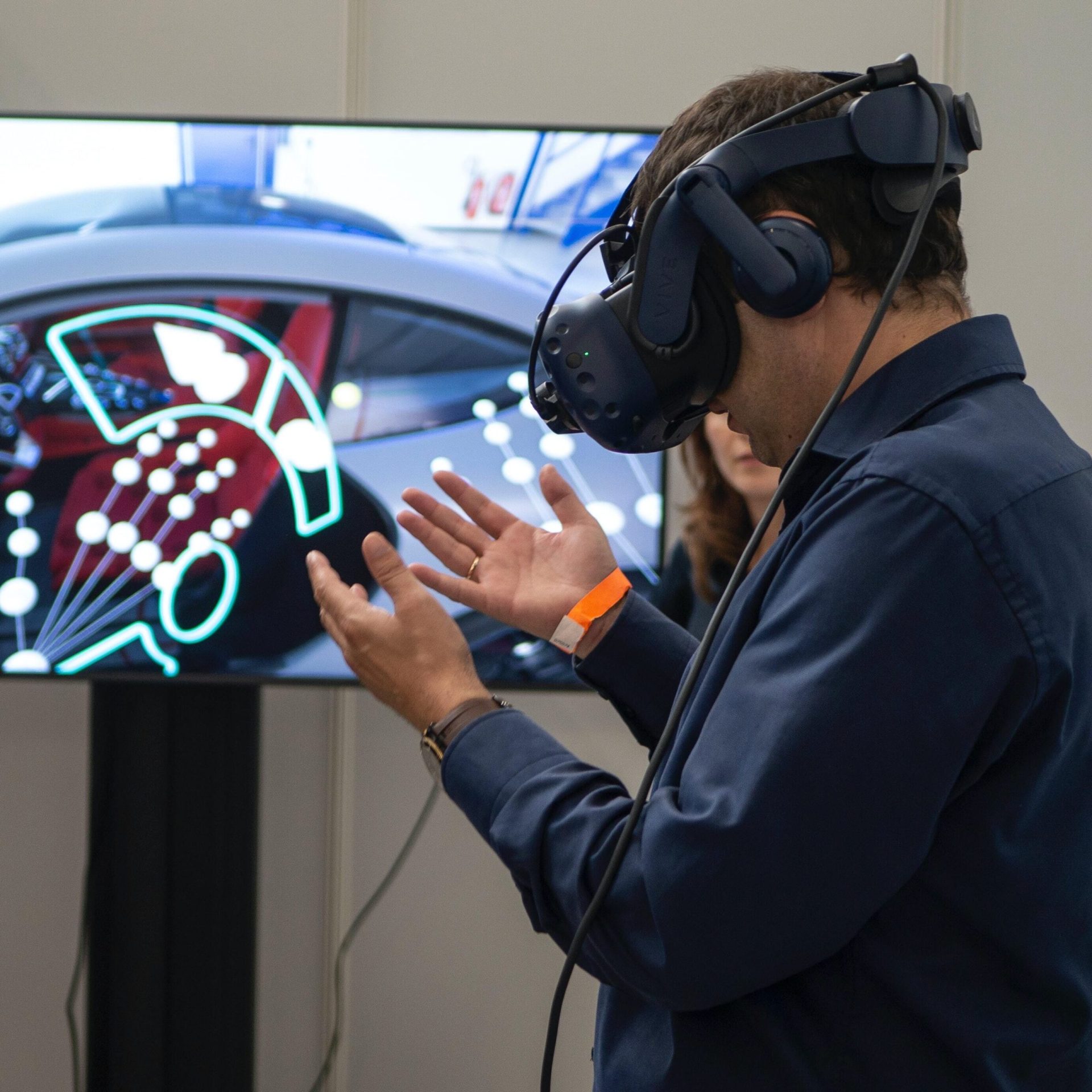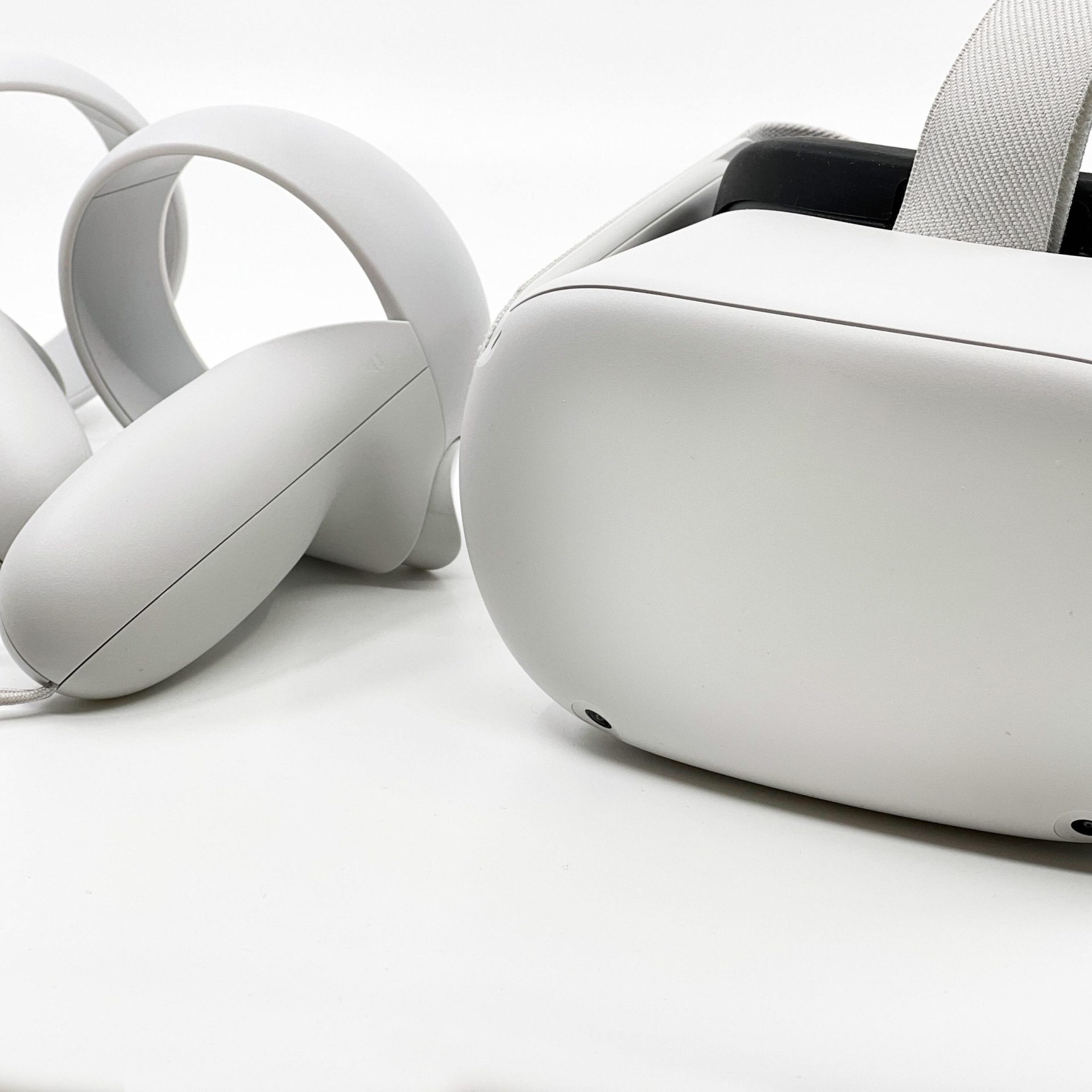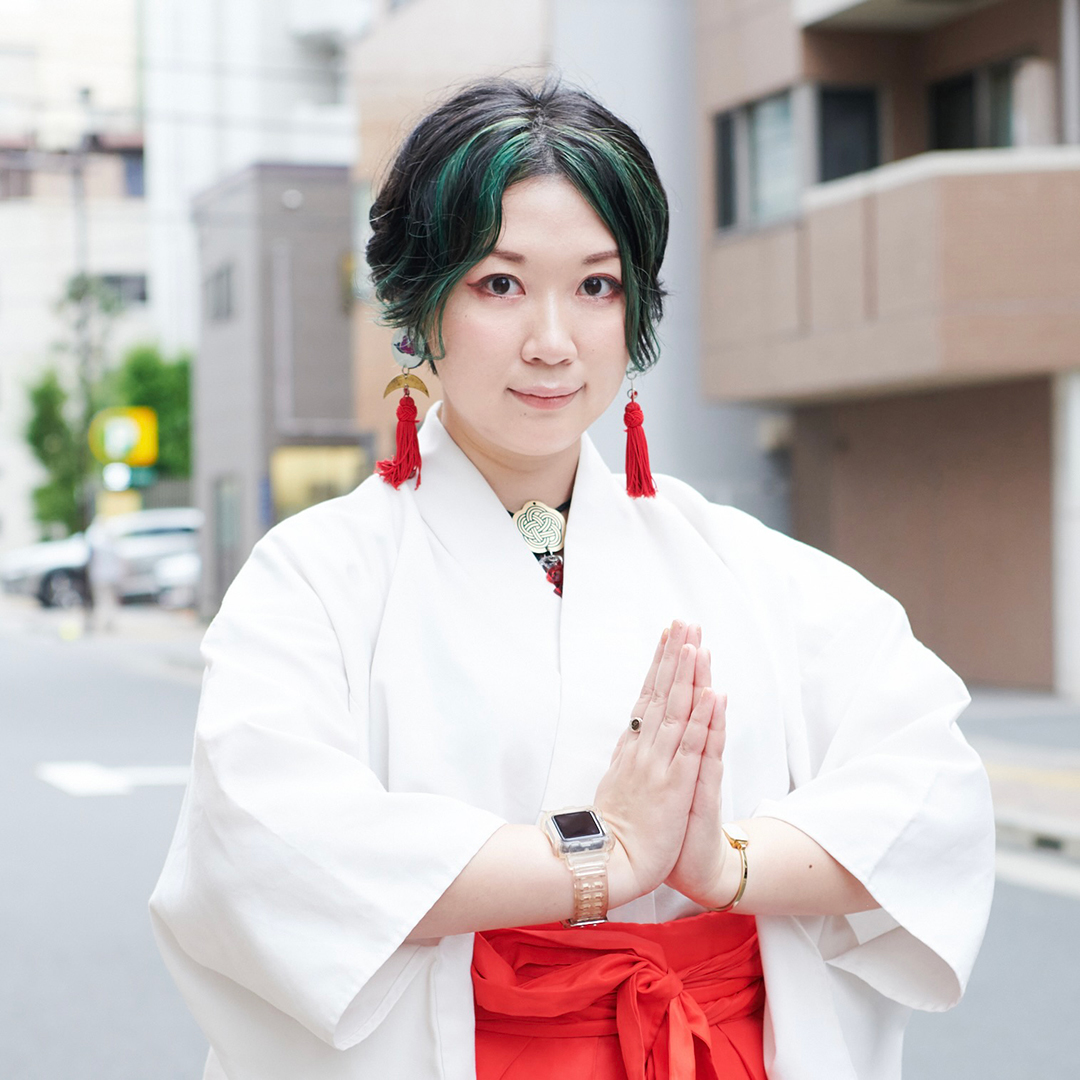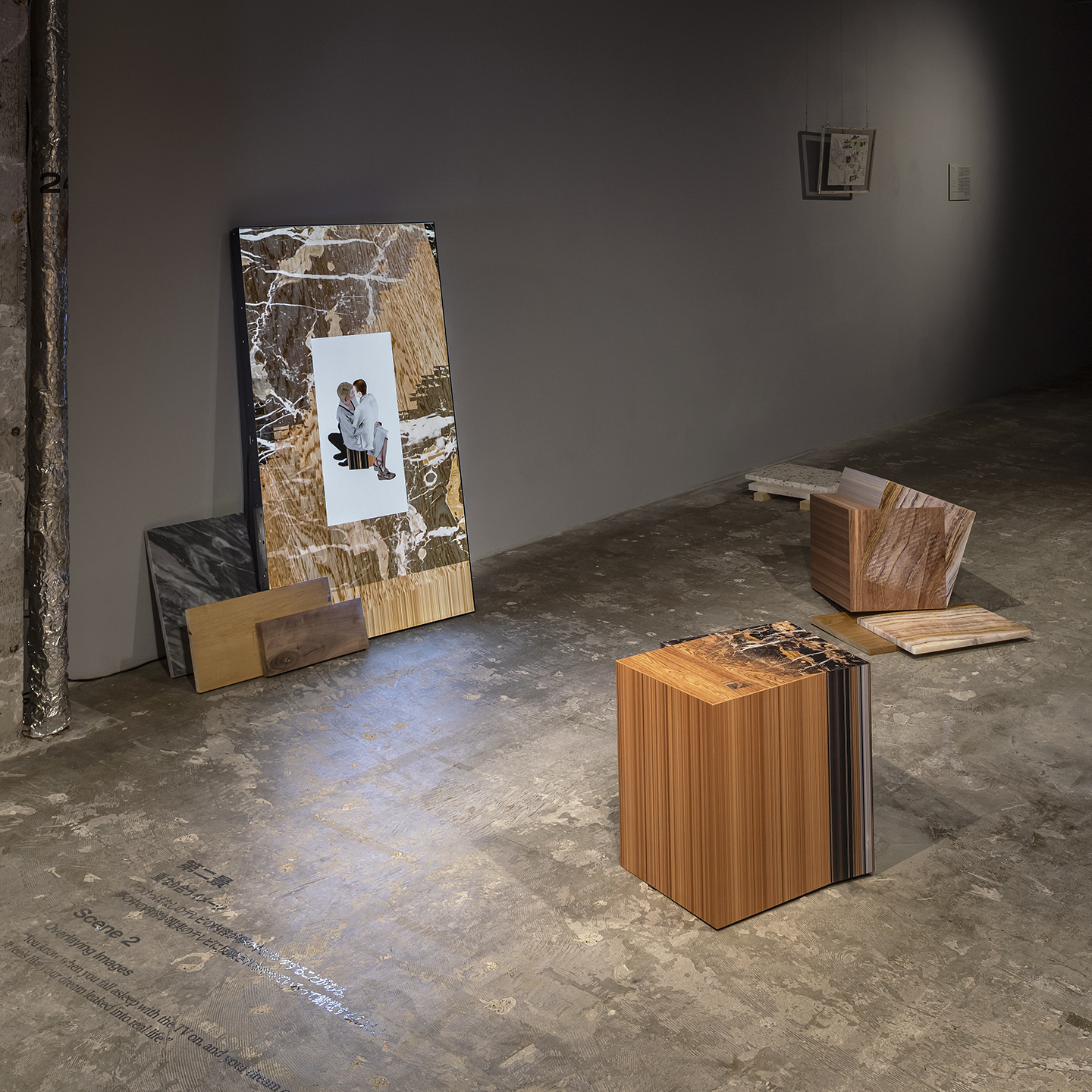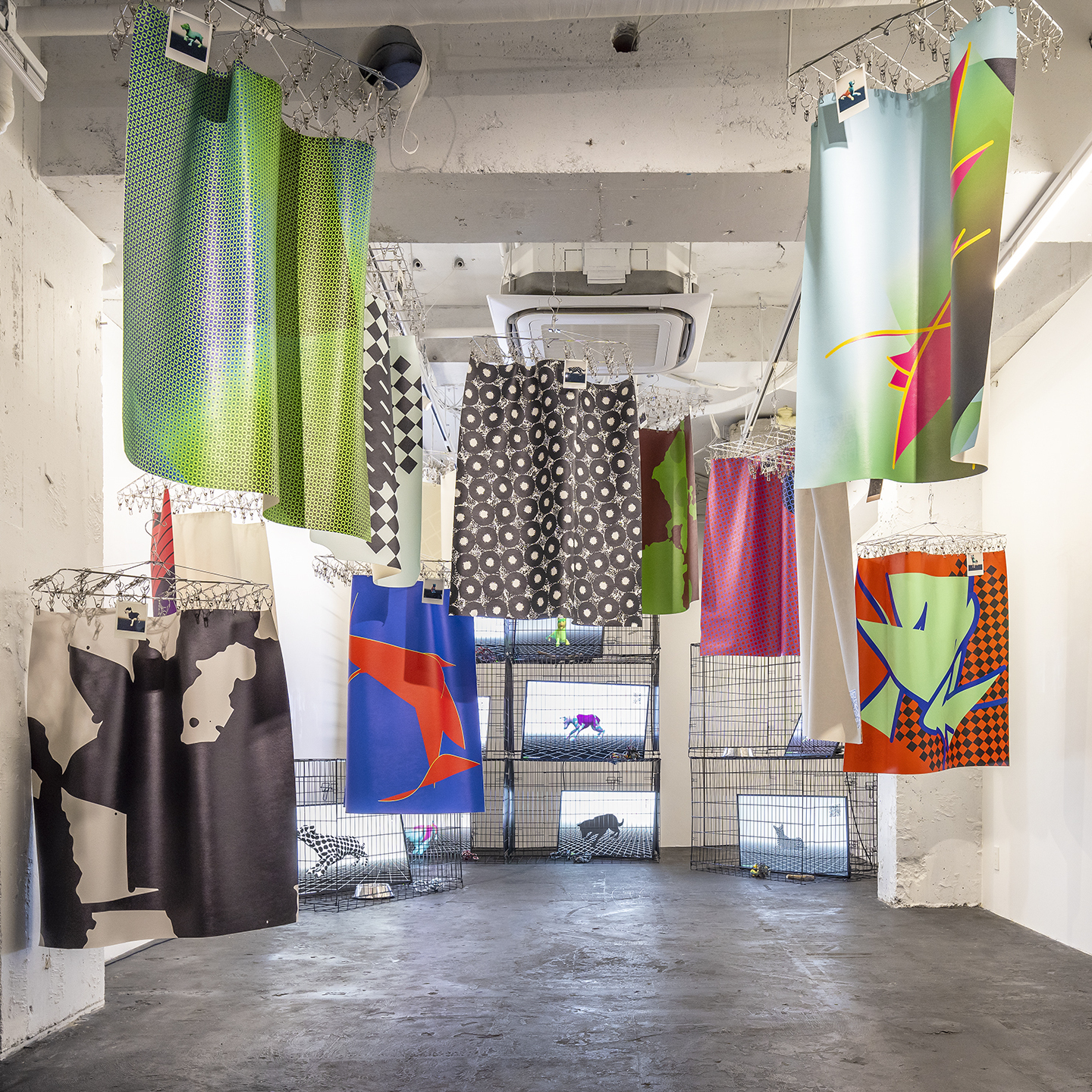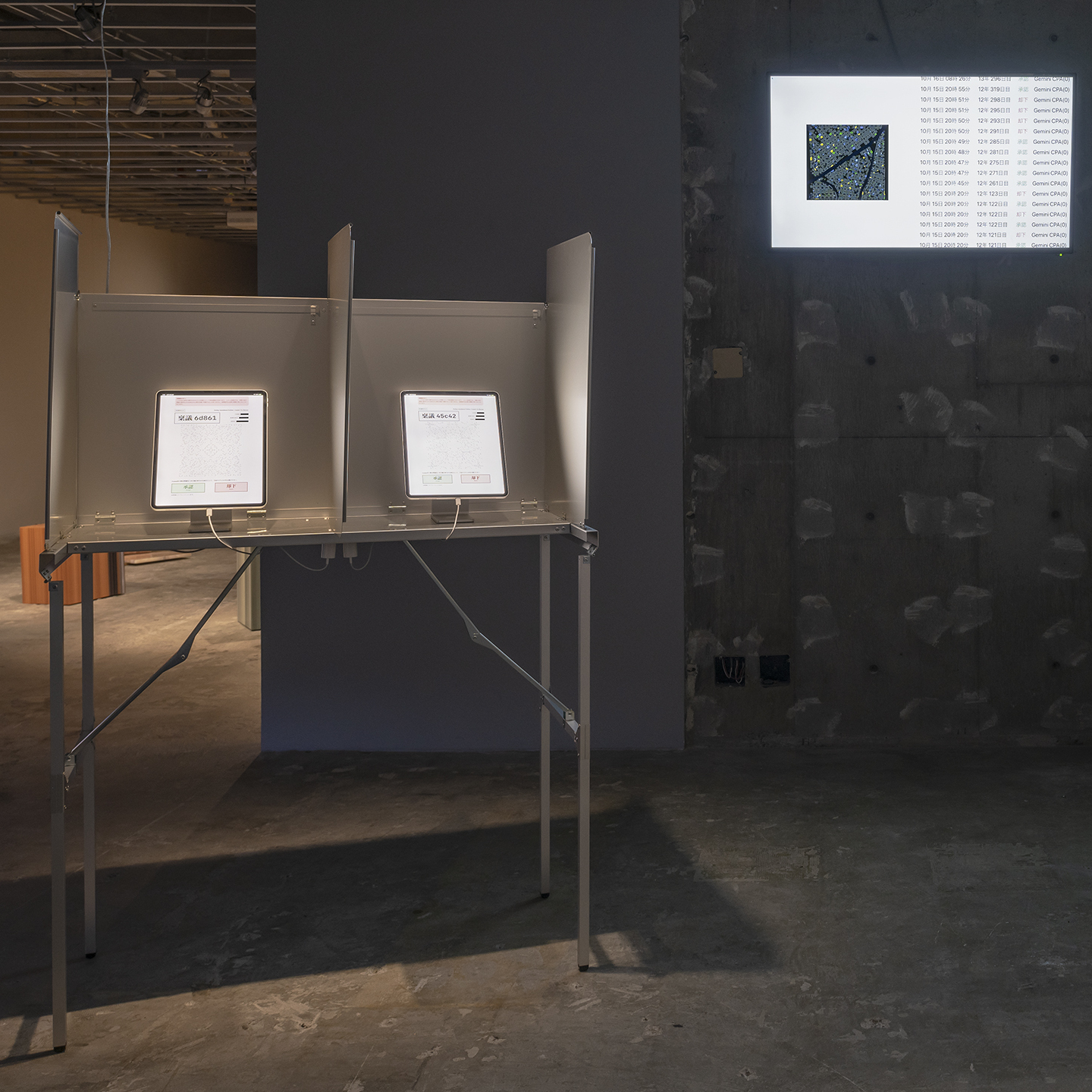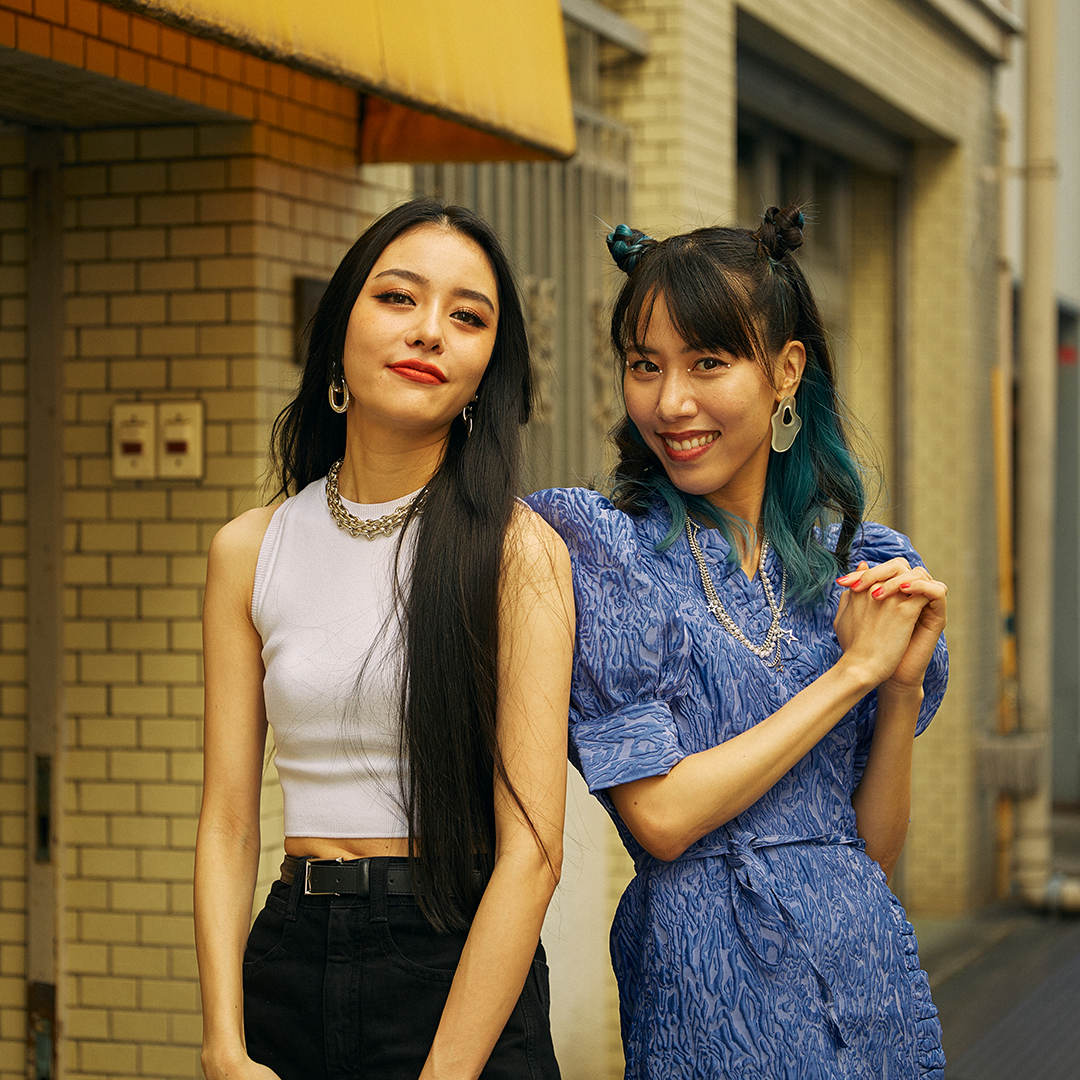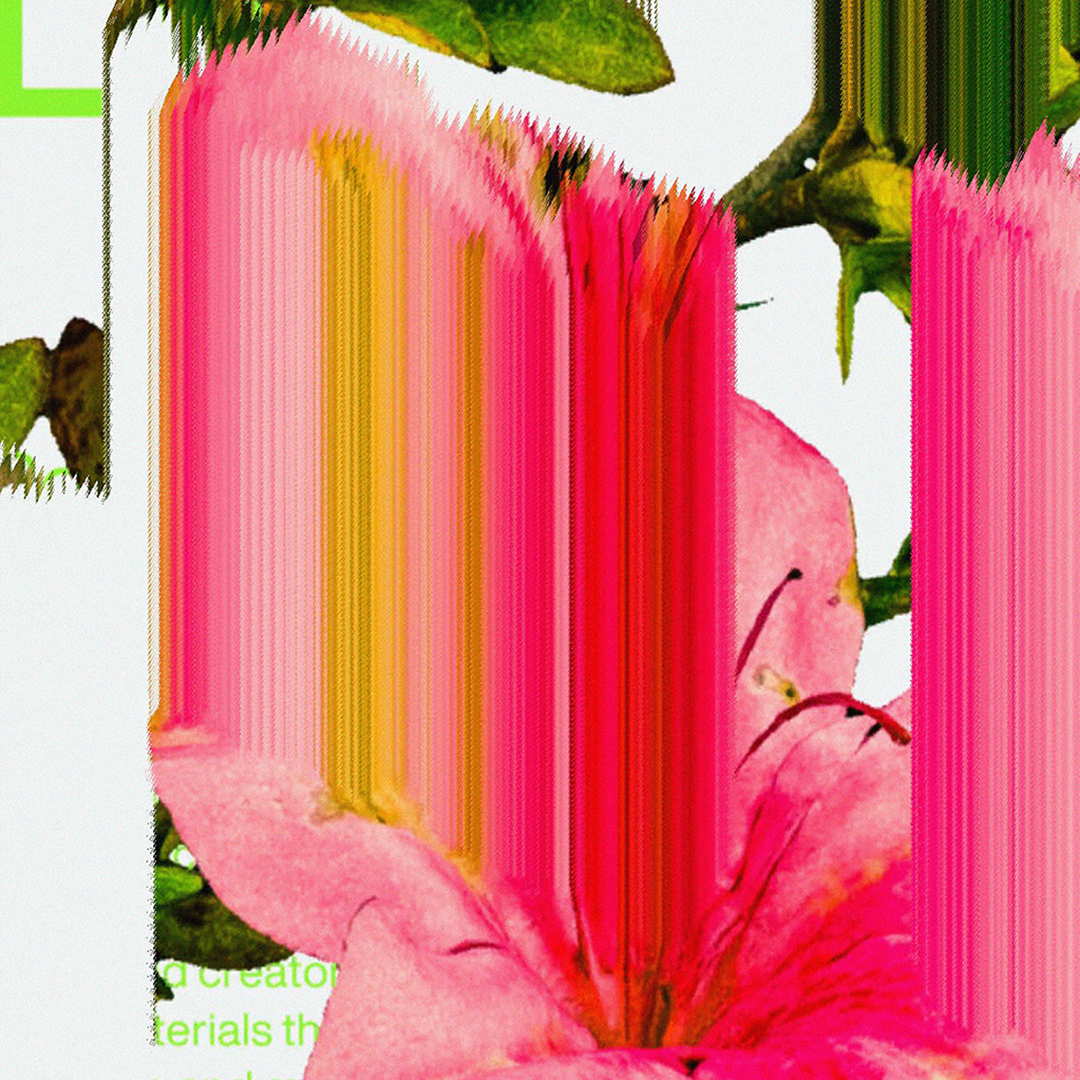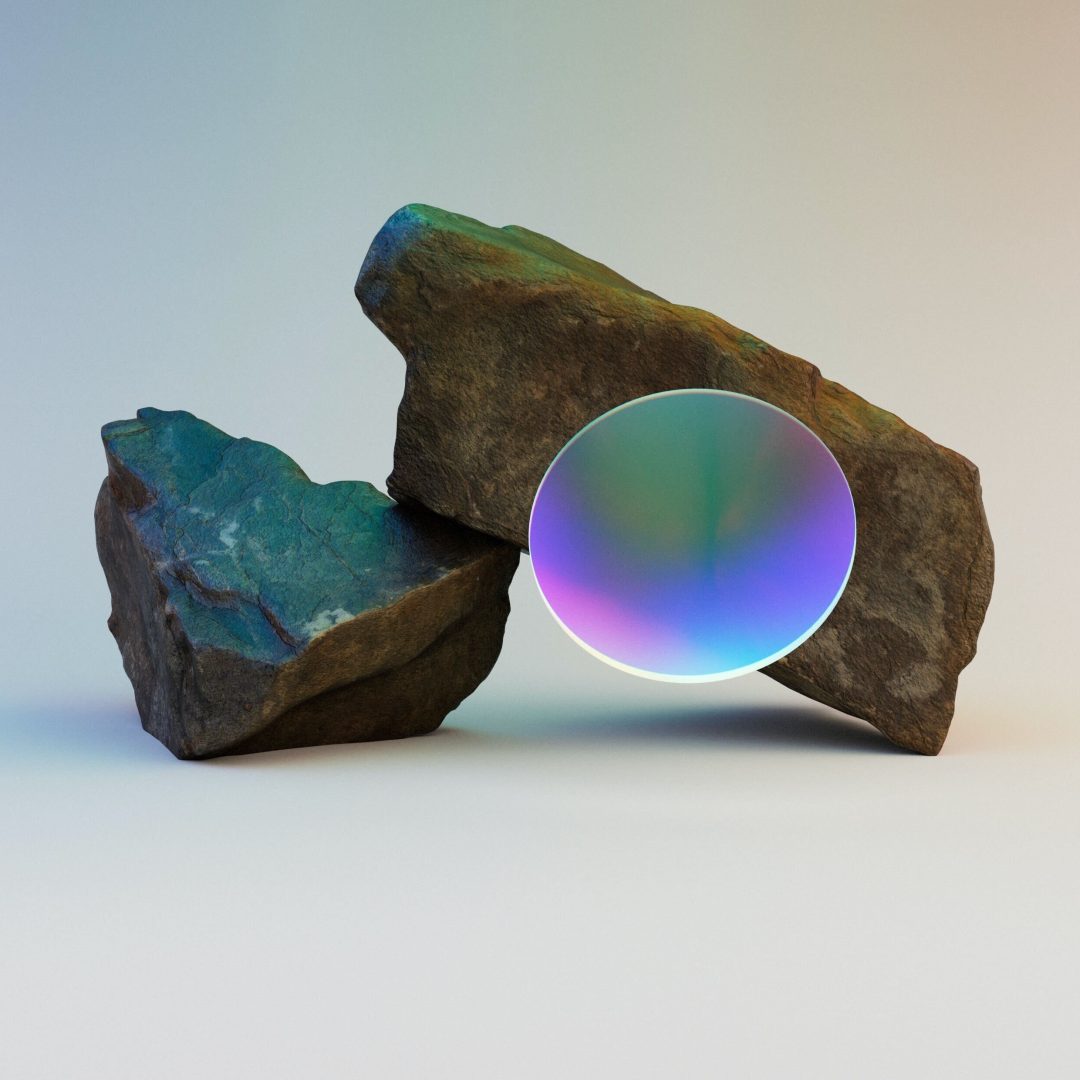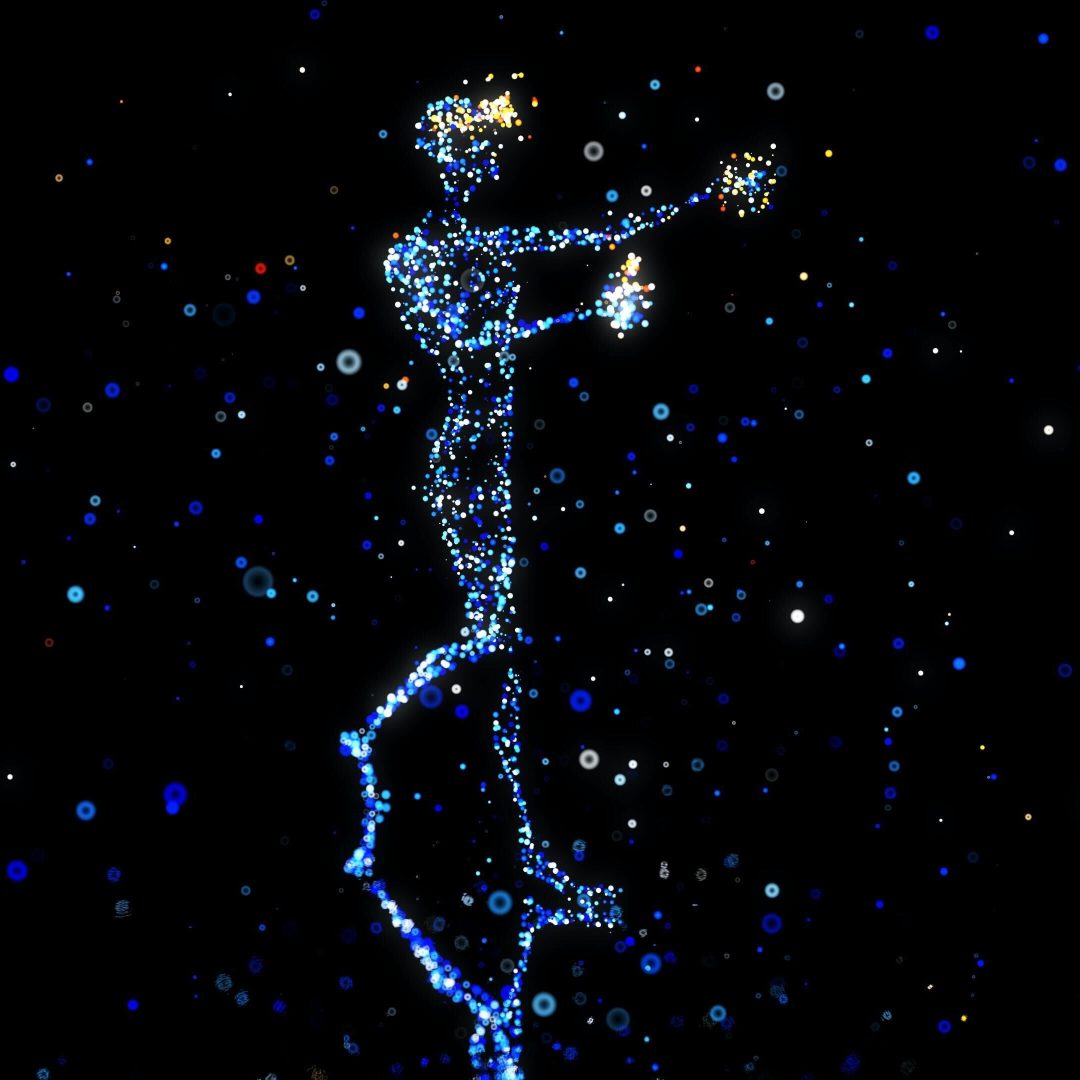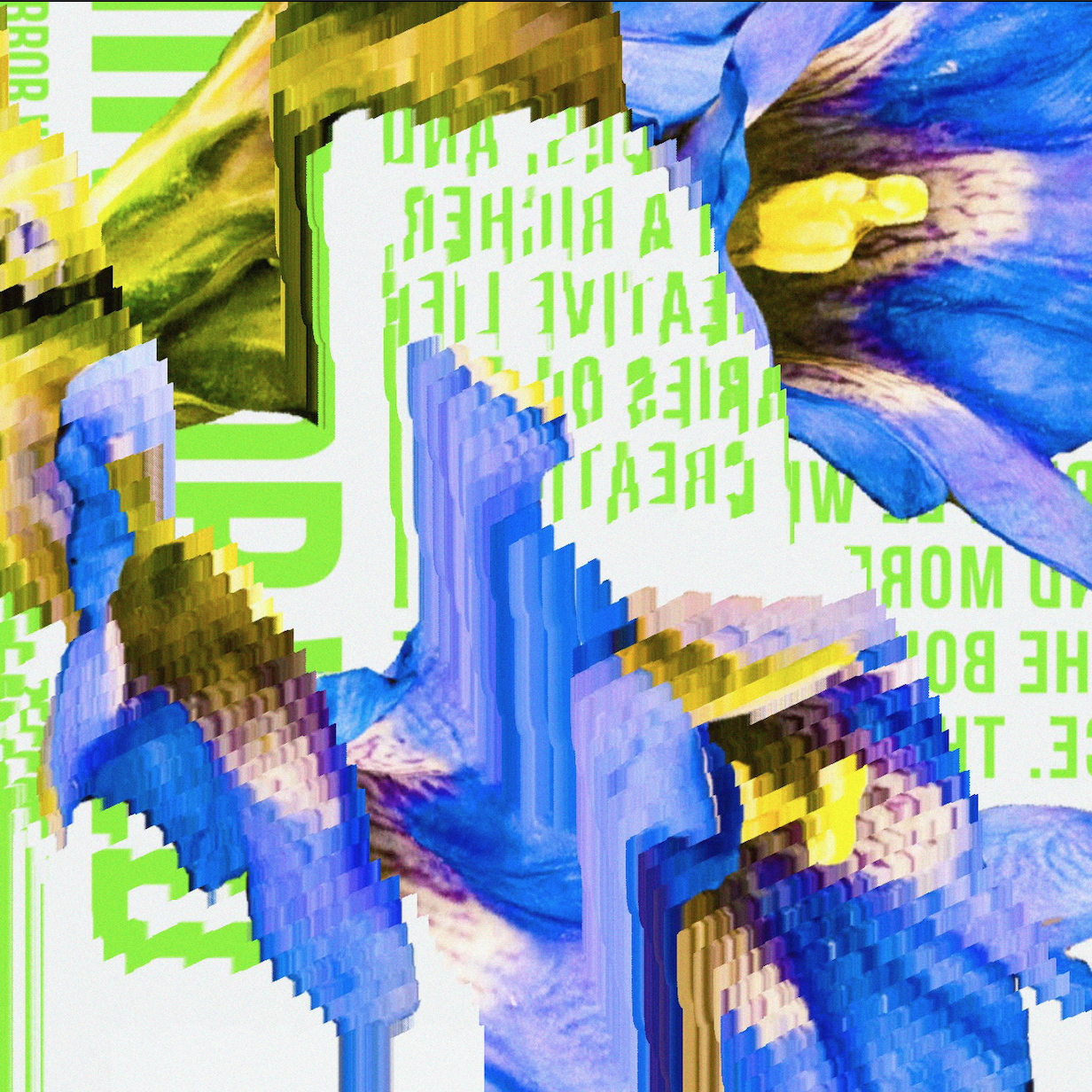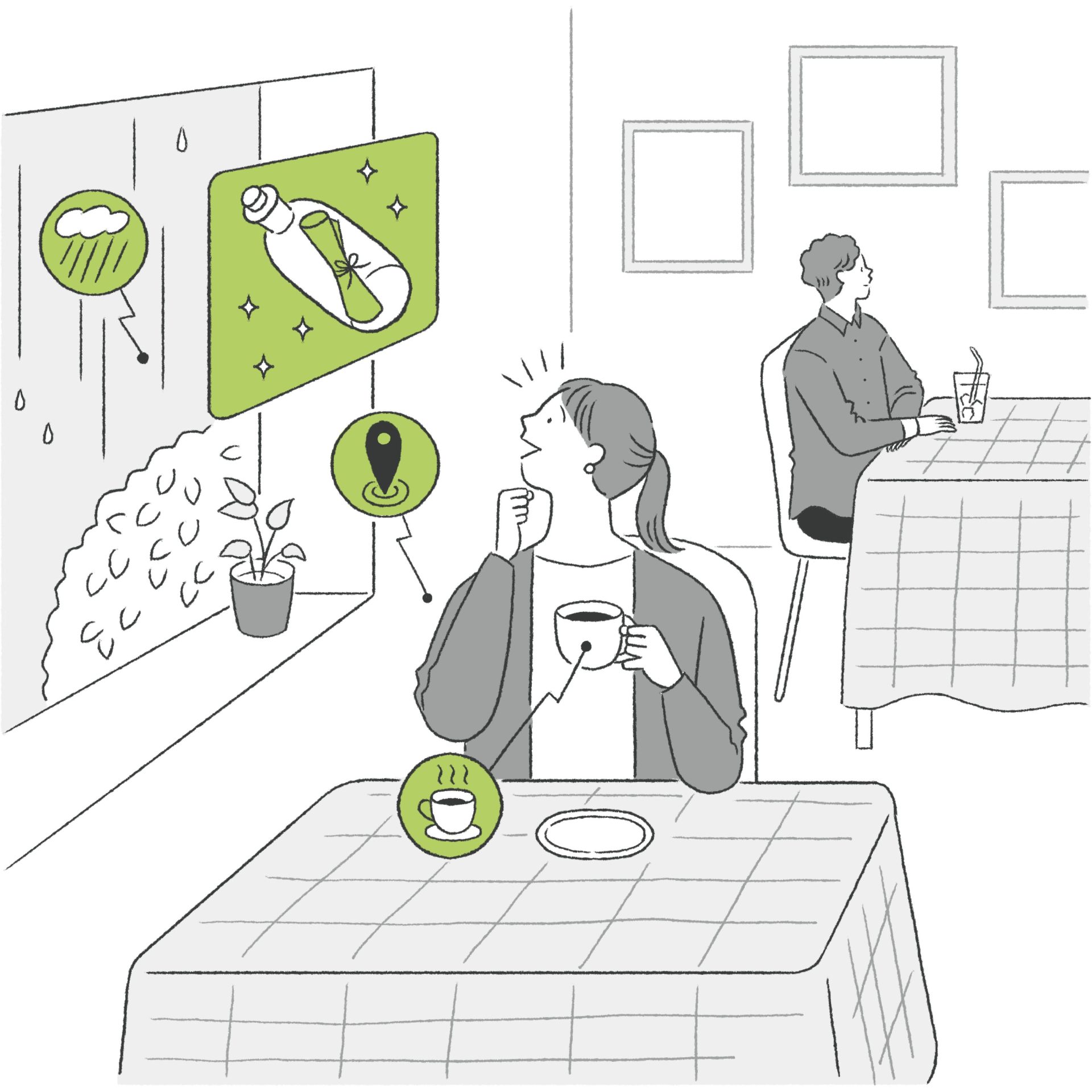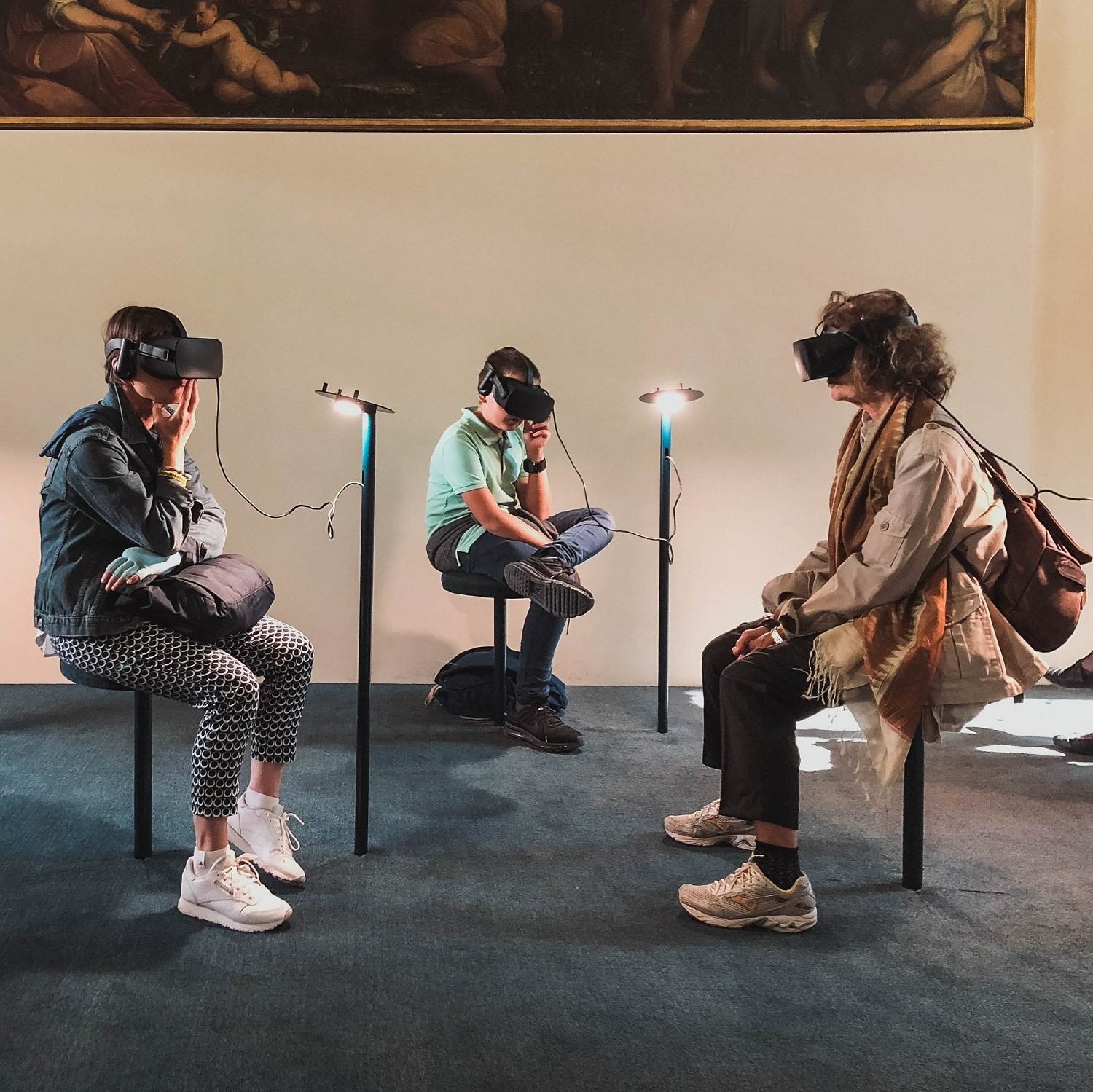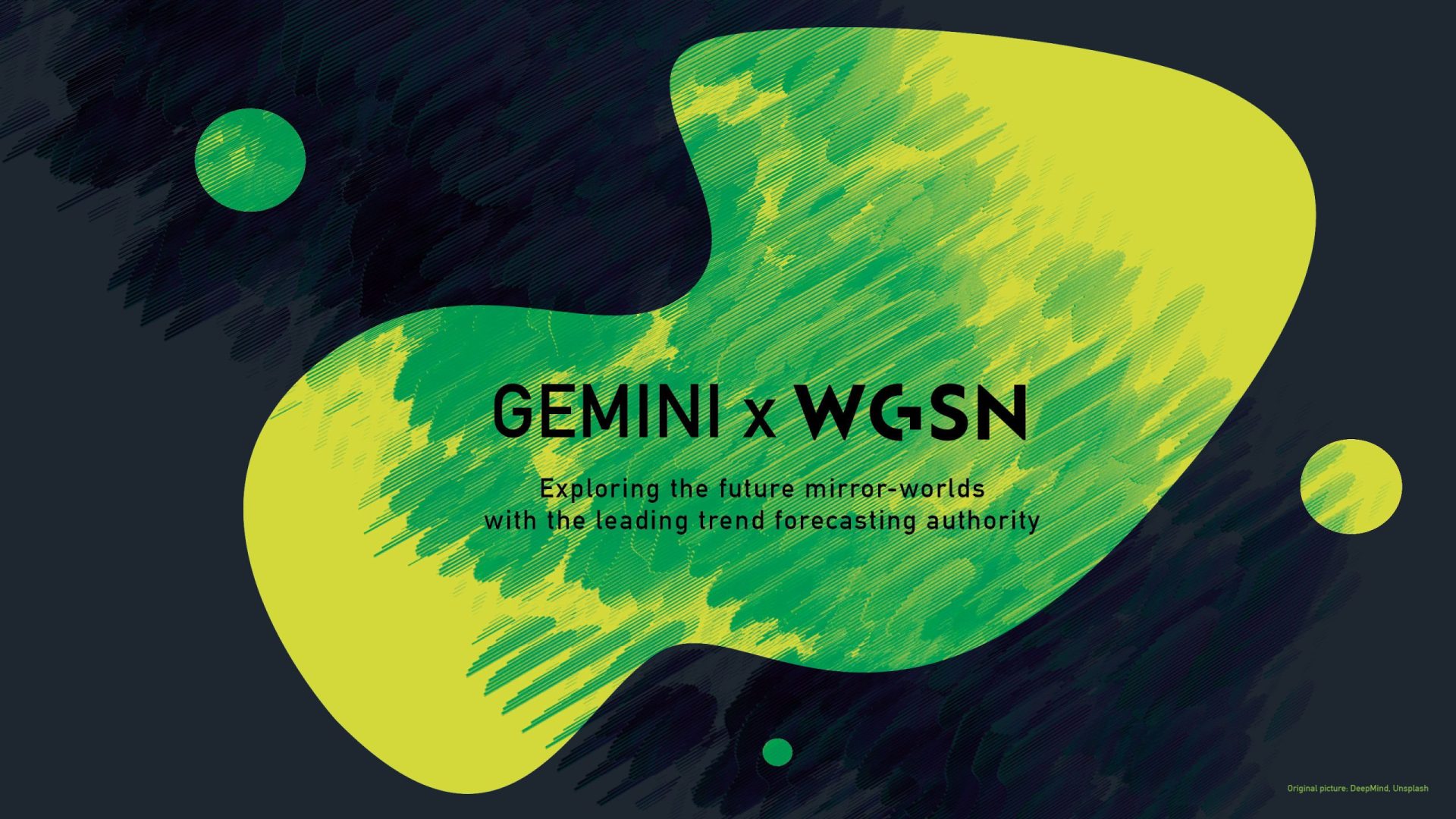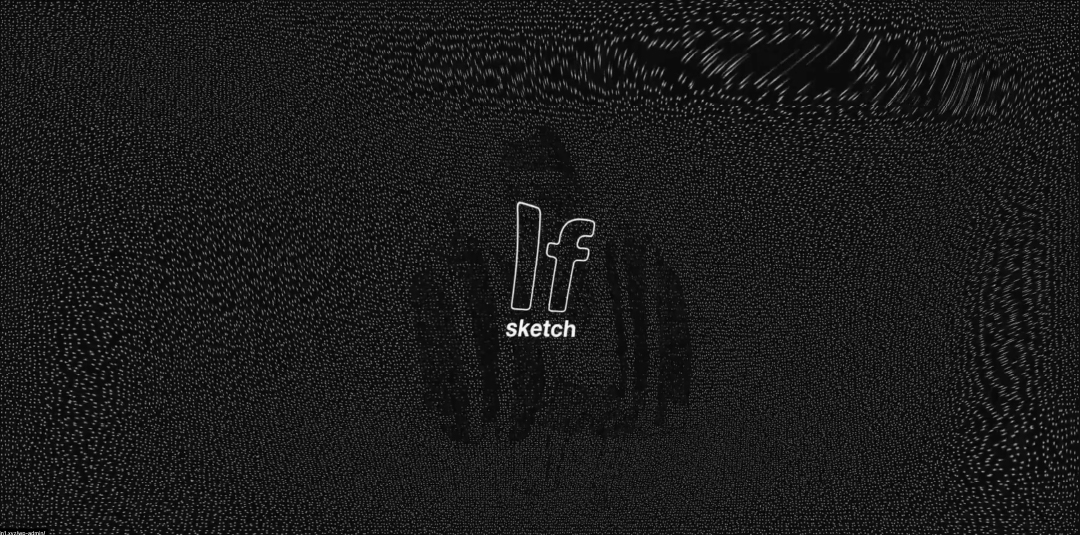The world is now advancing into a new phase with the development of technology, updated values of the younger generation, and rapid economic growth in emerging countries in Asia and Africa. How will urban spaces change in this environment? What kind of message and vision can cities have in an age when communication in digital spaces such as the metaverses and mirror worlds is becoming commonplace? To think about these big questions, we invited Ken Shigematsu, who is engaged in urban planning in various parts of the world with his main base in New York, and Ou Sugiyama, who belongs to Mori Building and researches urban experiences through the latest technologies, to discuss where the cities around the world and Tokyo are headed. (Part 1)
New York Going Through Changes, Tokyo Having Many Challenges
– Shigematsu-san, you have made proposals for urban planning for Tokyo. What impression did you have of Tokyo during your stay in Japan?
Shigematsu: One of our objectives is to participate in “City-Tech.Tokyo” organized by the Tokyo Metropolitan Government. It was a convention that brought together startups, investors, and masterminds from around the world, and the theme was “What does a city need to attract startups?” There is a lot of talk about fostering startups that can compete globally, but I think making Tokyo a city that attracts startups from all over the world is more appealing.
Today, New York has three major startup hubs along the East River which are attracting a great deal of attention – the Brooklyn Navy Yard, a former naval base, the Industry City, a former warehouse district, and, more recently, the even larger Brooklyn Army Terminal to its south. And all those places are connected by waterways, allowing commuting by boat. Since 2017, New York City has been pursuing a policy of using ferries as part of the same public transportation system as trains and buses, building many new landing sites and converting boats from their previous purpose of tourism to daily infrastructure. The boarding fee has also been reduced from about $20 to $2.75, a price that makes it easy to use. I myself live in front of the pier, and the lifestyle of commuting by boat is very popular among creative people, and there is an atmosphere that attracts people from all over the world to the start-up hubs in New York City.
Similarly, Tokyo is surrounded by many waterways, but unfortunately, no other city seems to waste its waterways as much as Tokyo. Although development of the waterfront is progressing, the main surface of the water is quiet. However, it can be said that there is countless room for new forms of utilizing the waterways, and I have a renewed sense of Tokyo’s potential. I would like to network with others to create a new “public” aspect of the city with the waterway surface.
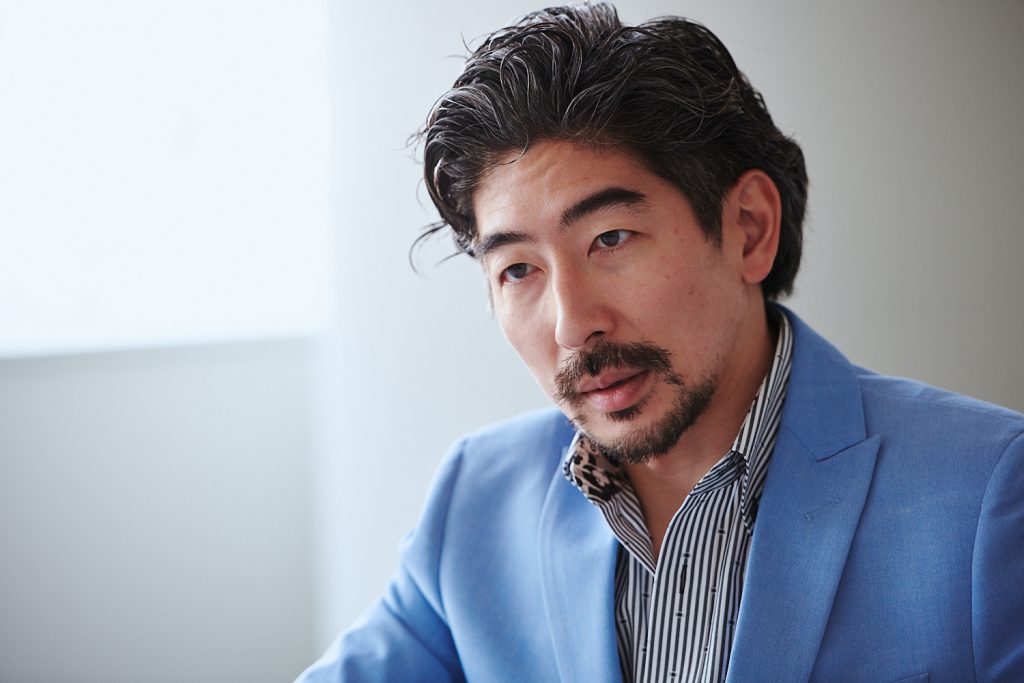
Sugiyama: Cities need to have their own characteristics, don’t they? Mori Building has a think tank, the Mori Memorial Foundation, and once a year it releases a ranking of world cities. London is in first place, New York in second, and Tokyo in third. The overall score is calculated using a number of indicators, and Tokyo’s level of cultural exchange is low compared to the top cities. Conversely, Mori Building believes that stimulating cultural exchange will enhance Tokyo’s attractiveness. To this end, we have been working to create a city with culture by building art and cultural facilities such as the Mori Art Museum on the top floor of Roppongi Hills.
The value of a city is created not only by the architecture as hardware, but overwhelmingly by what is in the architecture as well, and it is important what kind of experiences can be had there, such as when people interact and meet each other. Until now, the price for renting an office has been determined by its distance from the train station and the grade of the office, but in the future, those will not necessarily be the criteria. By going to an office, you can have encounters that you cannot experience in other cities, or have content that stimulates your curiosity. I think that experience will become the value of the city.
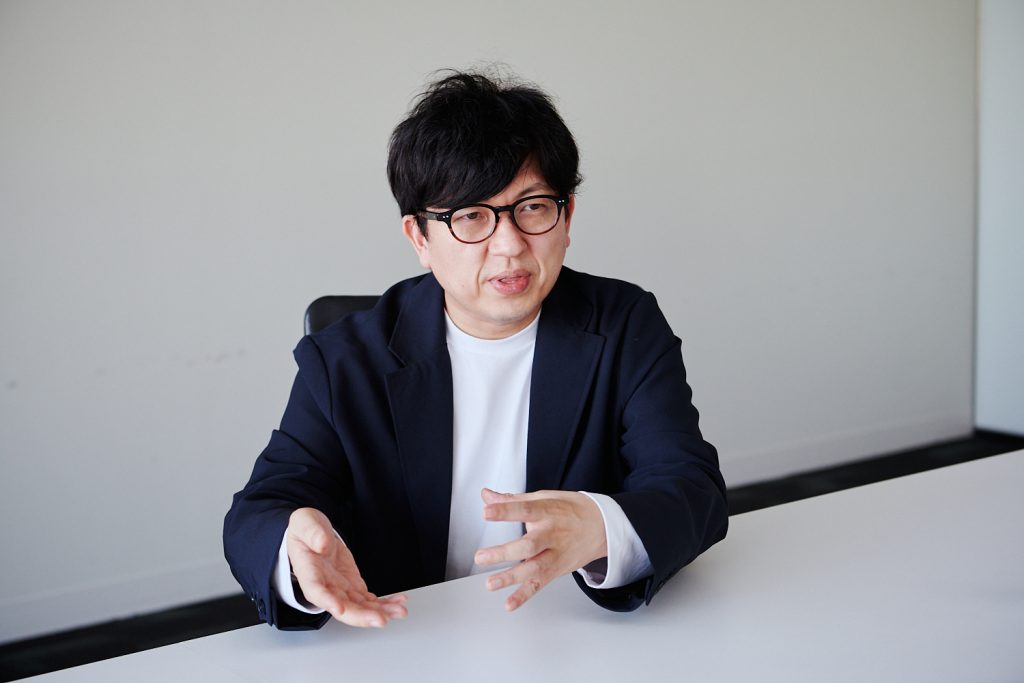
Shigematsu: I completely agree! Although we are an architectural design firm, what we always emphasize is that “we design experiences, not buildings.” What kind of experience and lifestyle we find in a place is important, and creating cool artistic architecture is not our first priority. We purposely do not have an established style, but rather find the optimal solution for each locality. We are strongly conscious, at that time, of the need to integrate with the public.
– You mentioned public as a key word at the beginning of this article.
Shigematsu: I believe that public spaces diversify purposes. Even commercial facilities and offices, which tend to be single-purpose in their use, can create various types of diversity by integrating them with public spaces, creating new communities for encounters.
For example, at Minami-machida Granberry Park, which opened in 2019, the road between the park and the adjacent Tsuruma Park was abandoned and it was designed to blend in with the park and the surrounding residential area. By blurring the boundaries, an environment where local people and visitors naturally meet emerges, and people naturally become multipurpose, walking their dogs, children running around, having tea with friends, shopping, and so on. I believe that the city will develop its own unique character, as Mr. Sugiyama mentioned, by utilizing unused public space, like the waterways in Tokyo, and integrating it with the surrounding private development.
Sugiyama: Many cities are built on a long history. Reusing the old waterways, roads, or plazas in keeping with the current era means inheriting the memories of the past and delivering them to the next generation. It is meaningful and interesting to see this emerge as the individuality and characteristics of the community.
Urban Development and Communities
– As the city’s development expands from points to areas, and also vertically and horizontally, I believe that exploring the integration with the public once again will expand the possibilities of the city and our daily lives.
Shigematsu: I am more of a believer in urban living, and I am skeptical of the idea that since everything can be networked via Zoom, for example, the same thing can be done even if everyone is scattered to the suburbs. I believe that in order for some “thing” to happen, there needs to be a certain level of gathering. When you look at a place that takes 20 to 25 minutes to walk as an “area,” that is where innovation and inspiration can occur.
The “Tokyo G-LINE” that I am advocating is a plan to rethink the existing Tokyo Inner Circular Route (C1). This expressway had to be built in a hurry in order to meet the deadline of the 1964 Tokyo Olympics, and there is no other circular route in the world that is so small (14.7 km in circumference and 2.3 km in diameter). It was once an important expressway, but it is no longer necessary now that the Chuo-do, Gaikan, and Ken-O-do Expressways have been built around it.
If this is the case, we should open up the entire circumference of the Inner Circular Route and turn half of it into a park and the other half into a special zone for innovation in mobility, where various experiments in future mobility can be conducted. If such a space could be created in the center of the city, startups and researchers from all over the world would come rushing in. In addition, if a comfortable park is created, people can imagine raising children in the middle of the city. I feel that Tokyo cannot break out of its current state of quiet decline unless there is a change so significant such as the public space coexisting also with innovation hubs.
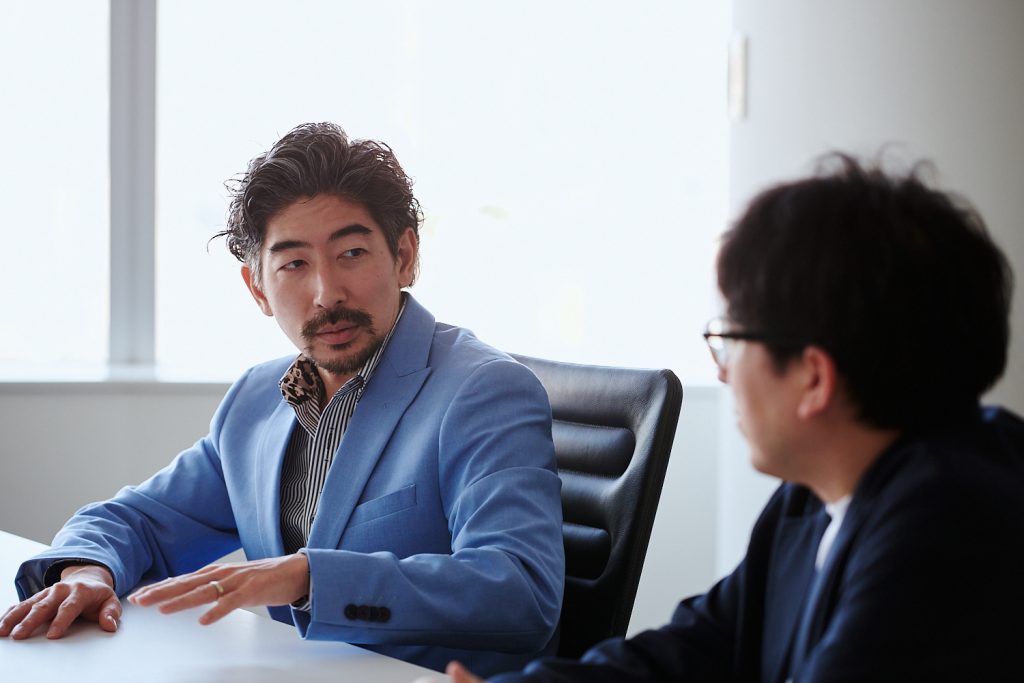
Sugiyama: I think that people living together and creating something together is the happiness of living for human beings, and I think that cities are extremely efficient communication infrastructures that facilitate this function. Cities have various functions in high density, and the multifaceted places where people can live, work, and play are integrated there.
One example is Azabudai Hills, which you can see from your window today. On a large area of 8.1 hectares, we have been working with the local people for more than 30 years to develop the town. If the emphasis is on efficiency and profitability, a typical master plan would be to build buildings where the floor area ratio on the sites is the easiest to accumulate, and to create pocket park-like spaces in between.
Azabudai Hills, however, was conceived in a completely opposite way, starting with a 6,000 square meter lawn plaza in the center. It serves as a point of interaction between all the residences, offices, cultural facilities, and commercial facilities, and it plays the role of a public space, just as Shigematsu-san described. The living and working experience is seamlessly connected, with residents living and eating there and office workers leaving their workplaces to do their own work in the city.
Shigematsu: A plaza is truly a public space, so the example of Azabudai Hills is the realization of a diverse mix of people and interaction.
However, we must be a bit critical here, because of the gentrification problem caused by the rising rents and land prices due to large-scale development. It is not desirable for luxurious high-rise towers to be built and the environment becomes such that only those with a certain level of income can afford to live there. However, this is actually happening in New York. People who used to do business there will have to leave, and the city will become full of orthodox chain stores that can afford the high rent.
– For example, the documentary filmmaker Frederick Wiseman deals a lot with public issues in his films. I recall that “Welcome to Jackson Heights, New York” (2015), set in downtown New York, dealt with the very issue of gentrification.
Shigematsu: In response to these various problems, a measure called “Moderate Income Housing” is underway recently. This is a measure that has been used in low-income housing in the past, but what has been implemented recently is to establish rules for meeting the ratio of tenants according to their income in a high-rise tower, while also setting an income ceiling. In addition, the residential floors are also designed to have a mix of different people, so that it is impossible to tell where people of different incomes live. If the rules are followed, the City of NY gives incentives to waive property taxes for 20 years. This measure allows people from all walks of life to mix in the towers, which naturally creates diversity.
Increasing the floor area ratio and increasing the floor space to hold more than necessary can be a risk, depending on one’s perspective, so creating an environment where diversity can be promoted while providing incentives for fixed assets seems to be a very effective experiment.
Sugiyama: Interesting idea. The Mori Building redevelopment project requires negotiating with hundreds of landowners and moving out of the area during the construction period. However, once the construction is finished and the town is completed, many of them will return, as residents of the new town.
Even when a town is renewed, the continuity of the people who have lived there and their culture should remain the same. This also means preserving the individuality of the city, and the New Territory Business Department, to which I belong, is developing urban development based on the idea that real estate developers themselves will utilize the properties of the city. We develop services that make the most of the local character and contents such as art events, which in turn sets us apart from other cities.
Roppongi Hills is a leading example of this. For example, in the summer, both old and new residents gather at the Roppongi Hills Arena to hold Bon Festival dance and open snack bars. By having something like an ancient Japanese festival take root in the town, a sense of participation is created, and a community is formed.
Guest Profile
-
Ken Shigematsu
Ken Shigematsu
Architectural Urban Planner Co-President, LAGUARDA.LOW ARCHITECTS / Founder, inspiring dots inc. With a focus on designing people’s experiences, he has worked in 25 countries around the world, from master planning to architectural design of complex facilities. In 2018, he launched “inspiring dots inc.”, a multidisciplinary collaboration group, aiming to solve social issues with diverse tools, including technology. He advocates “Tokyo G-LINE” to turn the Tokyo Inner Circular Route into a special zone for innovation in greenery and personal mobility, and “Tokyo B-LINE” to turn Japan’s waterways into a special zone for innovation in water transportation. He appeared in TV Asahi, “What’s That Guy Doing Now?”, Abema Prime, News Pick The Update, etc.
-
Ou Sugiyama
Ou Sugiyama
New Territory Planning Department, Mori Building Co., Ltd. After working as the General Manager of “MORI Building DIGITAL ART MUSEUM: EPSON teamLab Borderless” from 2018, he is now in charge of planning “TOKYO NODE”, a cultural transmission facility to open in 2023. He is the general planning director of the signature pavilion “Inochi no Akashi” of 2025 Osaka/Kansai World Expo. His grandfathers are the Japanese-style painter Yasushi Sugiyama and the architect Yoshiro Taniguchi, and his uncle is Yukio Mishima.
- Related link: https://etsuko-ichihara.com/
Co-created by
-
Taisuke Shimanuki
Writer
Taisuke Shimanuki
Writer
Art Writer/Editor. Born In Kanagawa In 1980. Living In Beppu, Kyoto. Writes, Edits, And Plans For Tokyo Art Beat, CINRA.NET, And Bijutsu Techo. In 2019, Formed A Collective Research Group With Ai Saegusa (Artist) And Pijin Neji (Dancer). From 2021, The Team Name Will Be Changed To "Uho", And They Will Continue To Research And Output In Various Forms Such As Exhibitions, Performances, And Editorials.
- Kamoberi | Social Distance Art Magazine: http://kamoberi.com/
-
Nozomu Toyoshima
Photographer
Nozomu Toyoshima
Photographer
Introduction (about 300 words): After working at a studio in Tokyo and as a freelance camera assistant, he has been working as a photographer since 2011.
- Related link: http://toyoshimanozomu.com/
Tag
Share
Discussion
Index
Index
Archives
Recommend
Recommend
Recommend
Recommend
Recommend
-

{ Special }
Unlocking New Worlds: How Gaming is Leading Southeast Asia’s Journey into Web3
Unlocking New Worlds: How Gaming is Leading Southeast Asia’s Journey into Web3
Unlocking New Worlds: How Gaming is Leading Southeast Asia’s Journey into Web3
-

{ Special }
Digital Message Bottles
Digital Message Bottles
Digital Message Bottles
-

{ Special }
Virtual Visionaries: 『Empathetic AI identities』
Virtual Visionaries: 『Empathetic AI identities』
Virtual Visionaries: 『Empathetic AI identities』
-

{ Special }
Scenting the metaverse with olfactory futurist, Olivia Jezler
Scenting the metaverse with olfactory futurist, Olivia Jezler
Scenting the metaverse with olfactory futurist, Olivia Jezler
Hot topics
Hot topics
Hot topics
Hot topics
Hot topics
-

{ Community }
Scent Transcends Memory to Change Behavior. The Future of Digital x Olfaction, by Scent Marketing Pro Gouchi Hamada
Scent Transcends Memory to Change Behavior. The Future of Digital x Olfaction, by Scent Marketing Pro Gouchi Hamada
Scent Transcends Memory to Change Behavior. The Future of Digital x Olfaction, by Scent Marketing Pro Gouchi Hamada
-

{ Community }
The stage is a restroom designed by Tadao Ando. Possibilities of media mix that GEMINI pioneers.
The stage is a restroom designed by Tadao Ando. Possibilities of media mix that GEMINI pioneers.
The stage is a restroom designed by Tadao Ando. Possibilities of media mix that GEMINI pioneers.
-

{ Community }
“Conveying the Moment of ‘Now’ in History: Catalan Artist Xavi Bové’s Light Expressions”
“Conveying the Moment of ‘Now’ in History: Catalan Artist Xavi Bové’s Light Expressions”
“Conveying the Moment of ‘Now’ in History: Catalan Artist Xavi Bové’s Light Expressions”
-

{ Community }
“Designing with Heart: How Amanda Talbot is shaping a better future through emotionally intelligent AI”
“Designing with Heart: How Amanda Talbot is shaping a better future through emotionally intelligent AI”
“Designing with Heart: How Amanda Talbot is shaping a better future through emotionally intelligent AI”
-

{ Community }
Unearthing the Future: How ancient history can guide modern innovation with Darius Arya
Unearthing the Future: How ancient history can guide modern innovation with Darius Arya
Unearthing the Future: How ancient history can guide modern innovation with Darius Arya
-

{ Community }
Interview with Masayoshi Yokoyama from Ryu Ga Gotoku Studio. Talks about reality in games and the future of the industry
Interview with Masayoshi Yokoyama from Ryu Ga Gotoku Studio. Talks about reality in games and the future of the industry
Interview with Masayoshi Yokoyama from Ryu Ga Gotoku Studio. Talks about reality in games and the future of the industry
-

{ Community }
The new form of pilgrimage. What is the border of real and fictional worlds that Petra Szemán pictures?
The new form of pilgrimage. What is the border of real and fictional worlds that Petra Szemán pictures?
The new form of pilgrimage. What is the border of real and fictional worlds that Petra Szemán pictures?
Special
Special
Special
Special
Special
Featured articles spun from unique perspectives.
What Is
“mirror world”...
What Is
“mirror world”...
What Is
“mirror world”...
What Is
“mirror world”...
What Is
“mirror world”...
“mirror world”... What Is
“mirror world”... What Is
“mirror world”... What Is
“mirror world”... What Is
“mirror world”...
Go Down
Go Down
Go Down
Go Down
Go Down
The Rabbit
The Rabbit
The Rabbit
The Rabbit
The Rabbit
Hole!
Hole!
Hole!
Hole!
Hole!
Welcome To Wonderland! Would You Like To Participate In PROJECT GEMINI?

